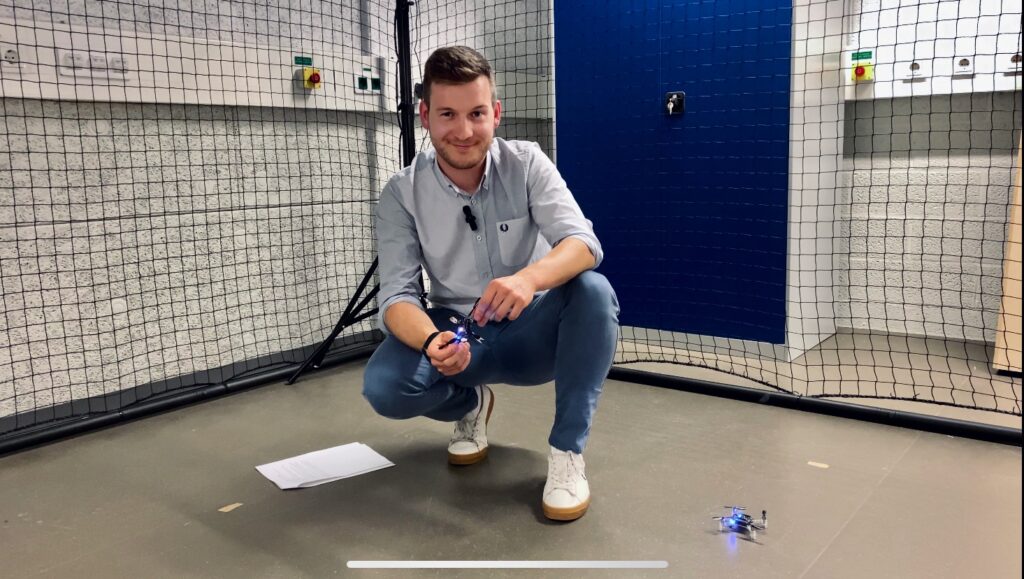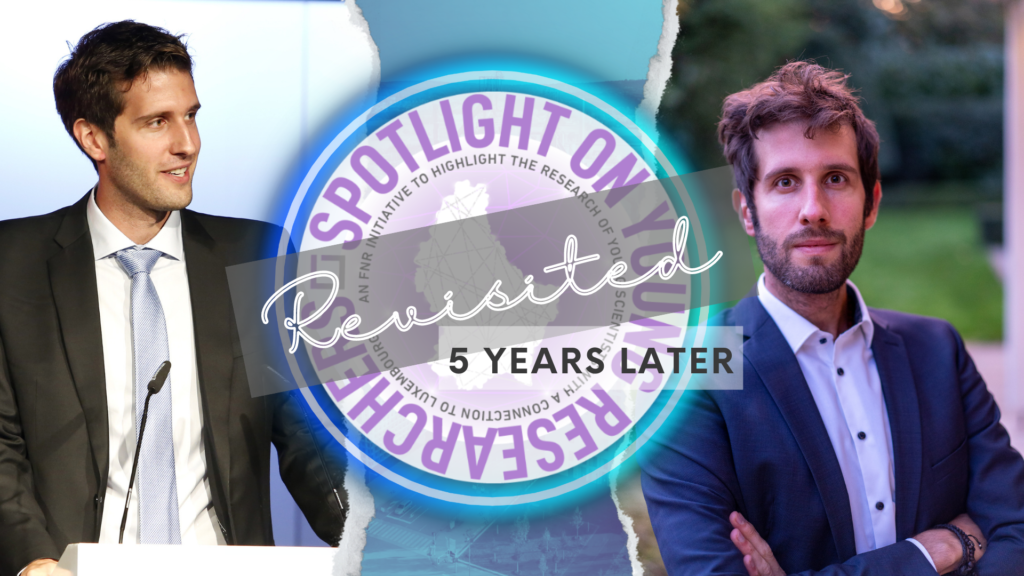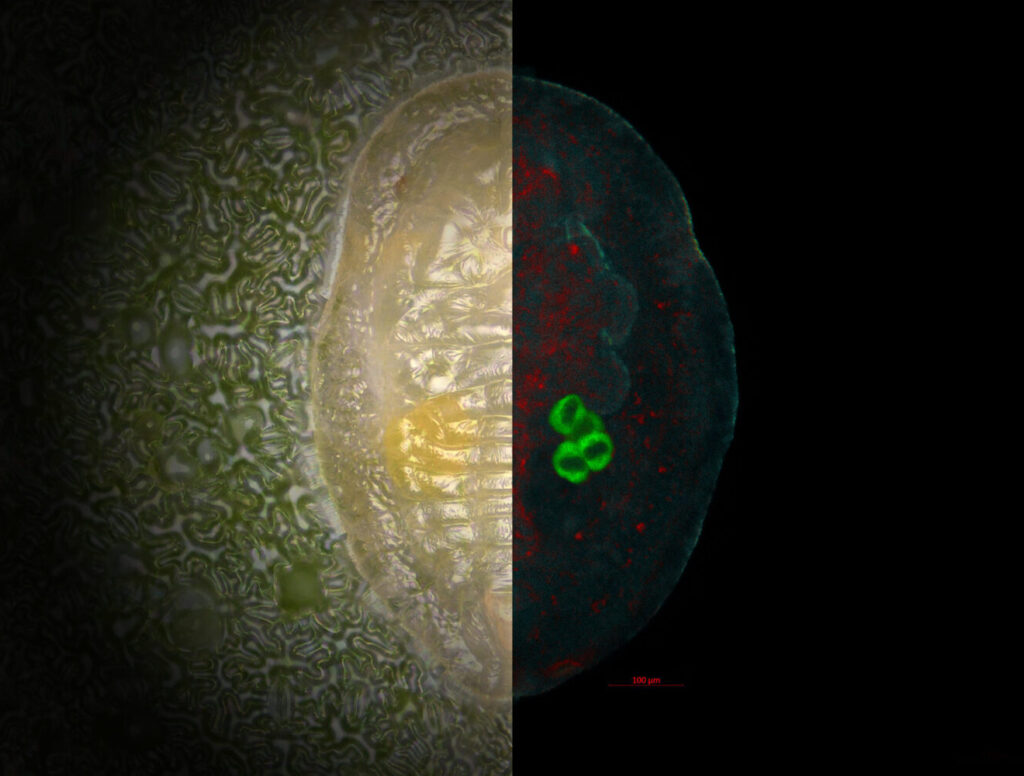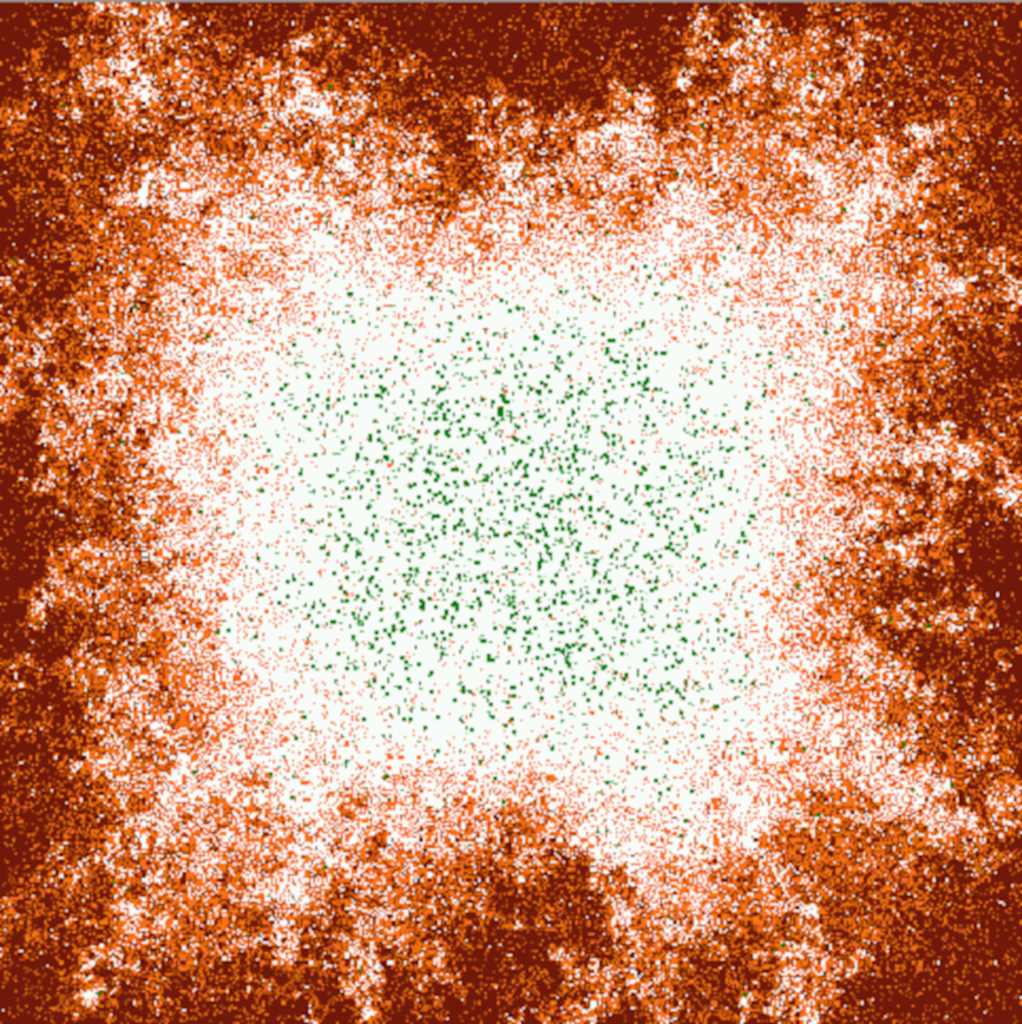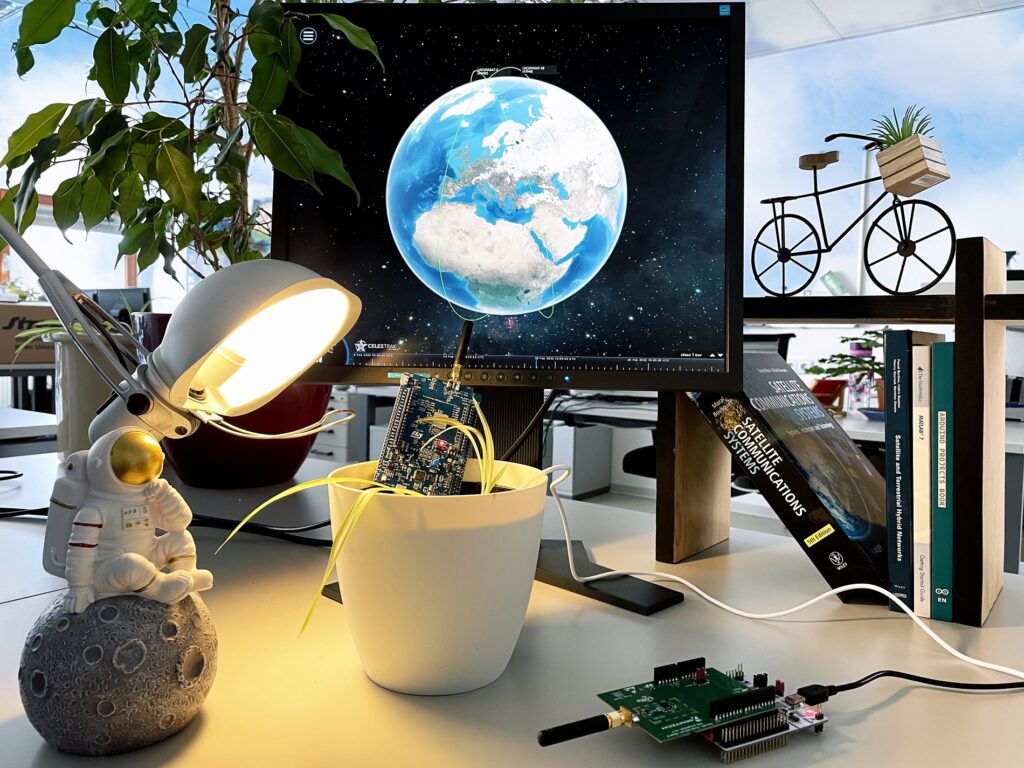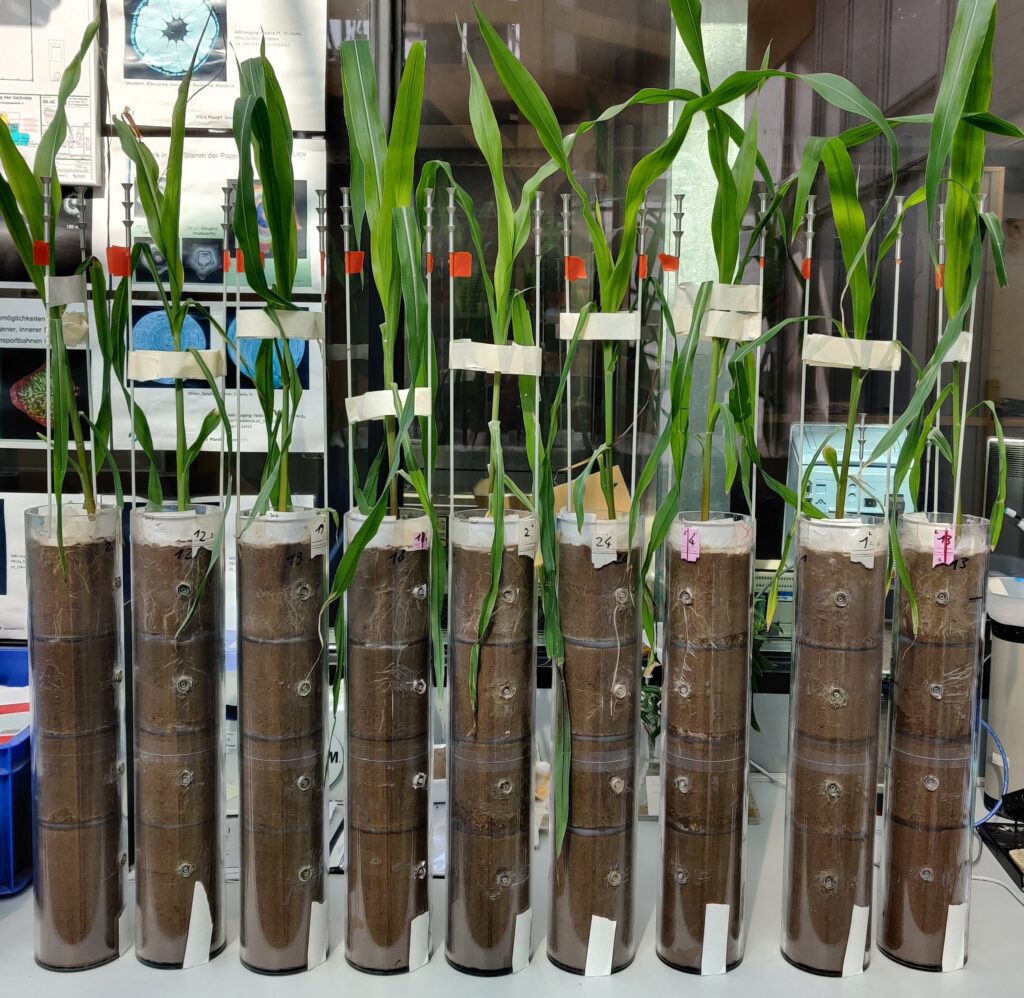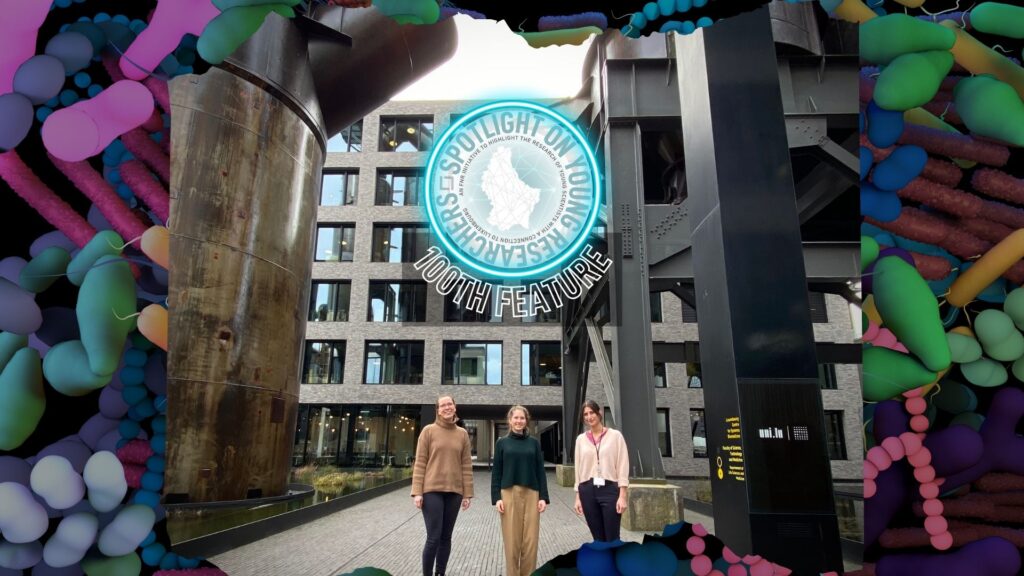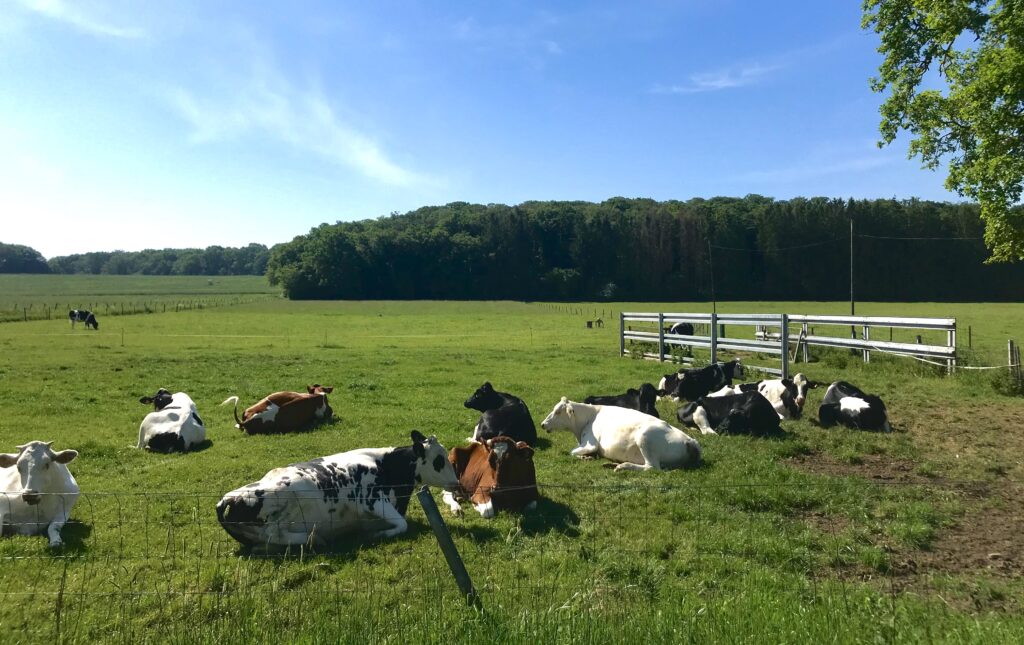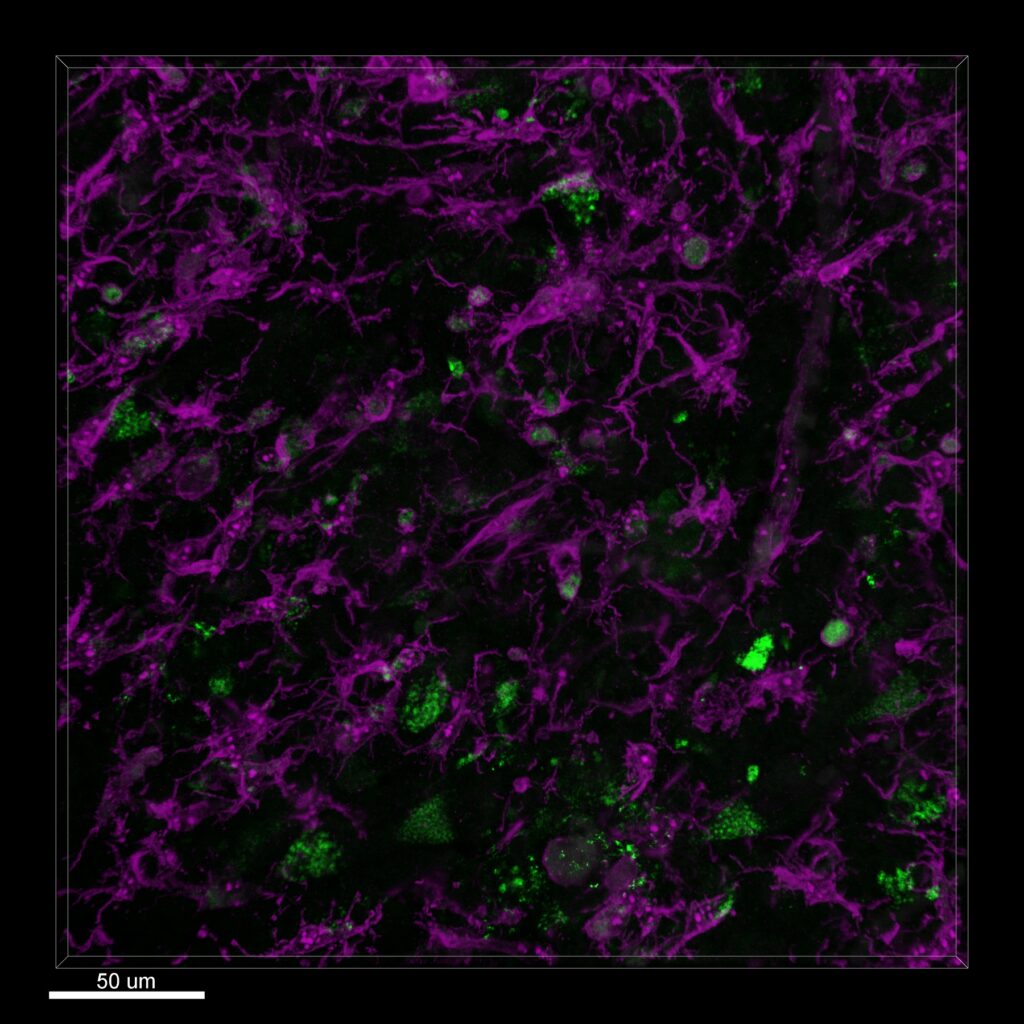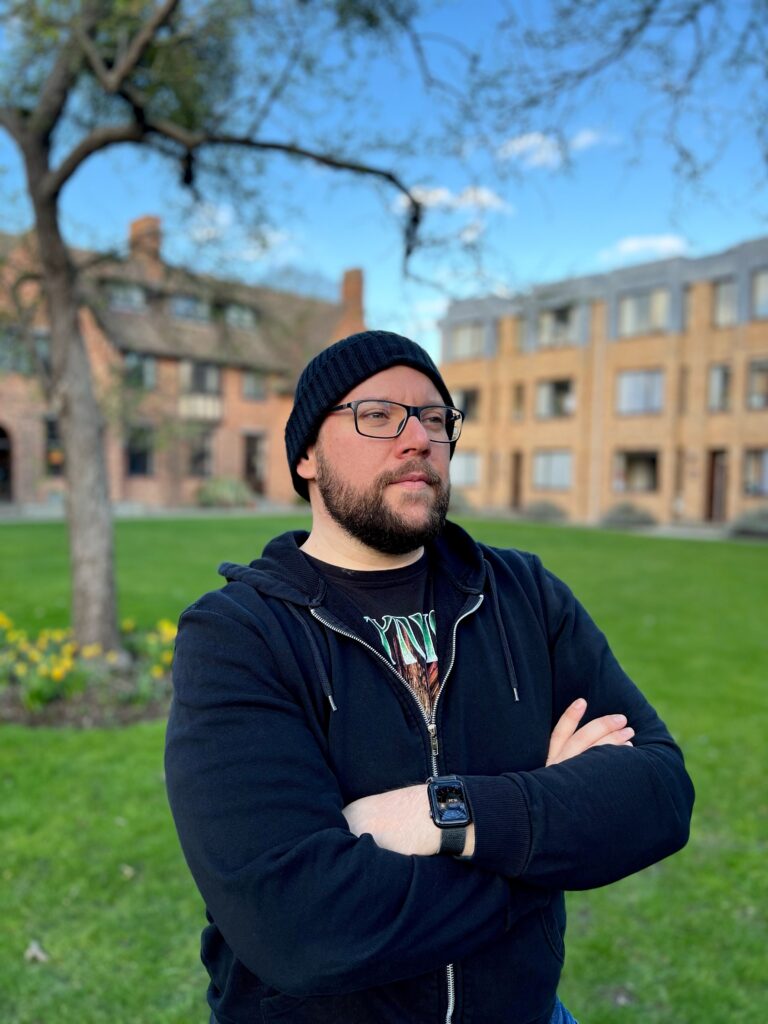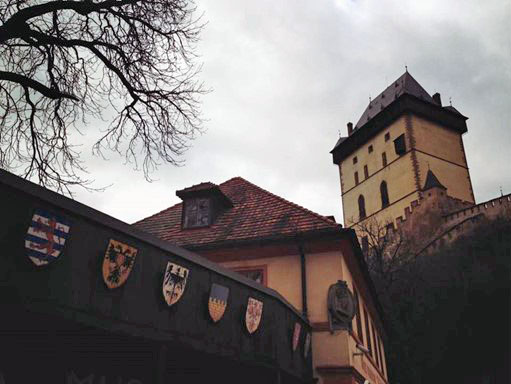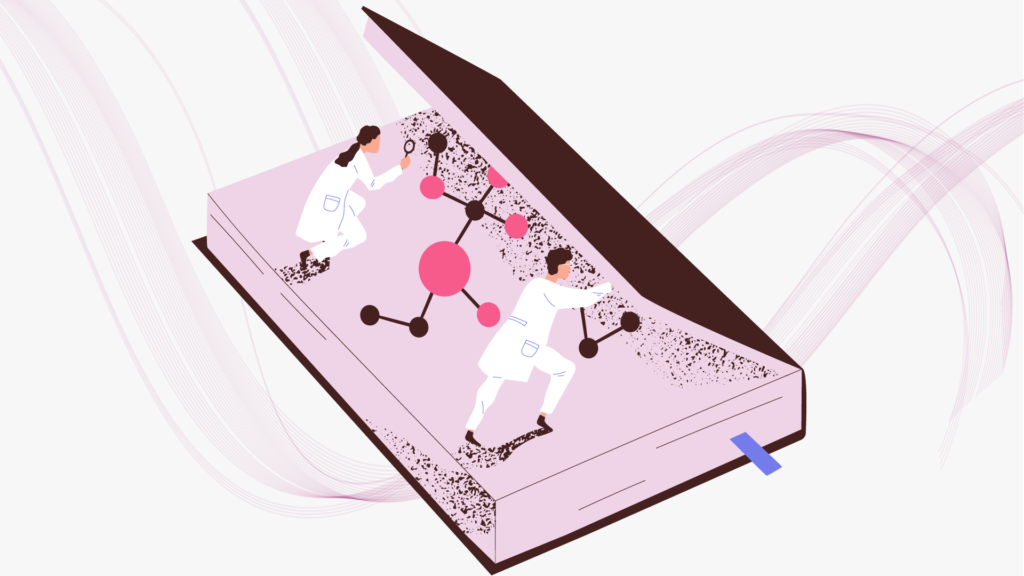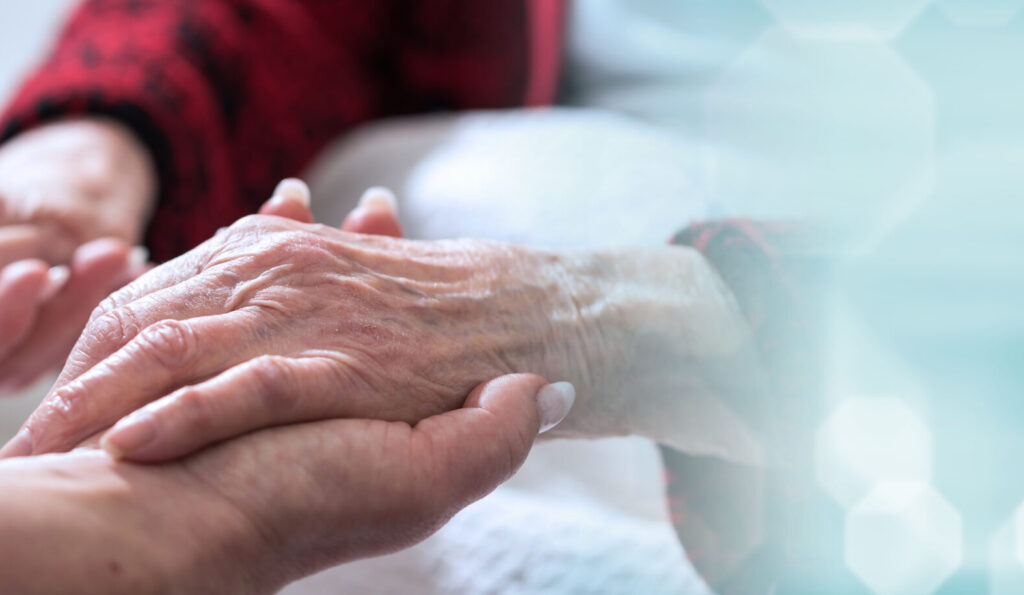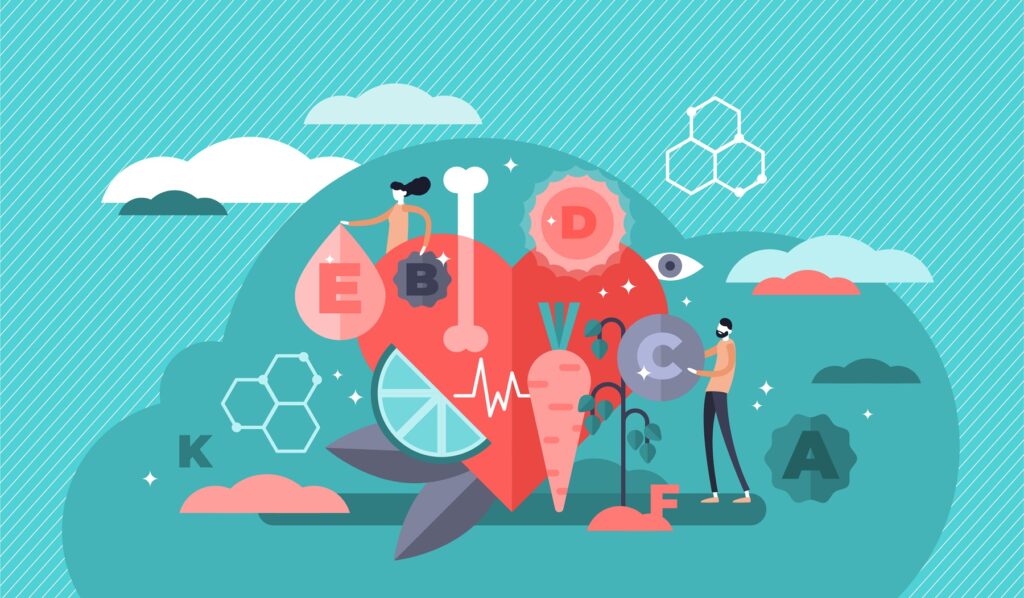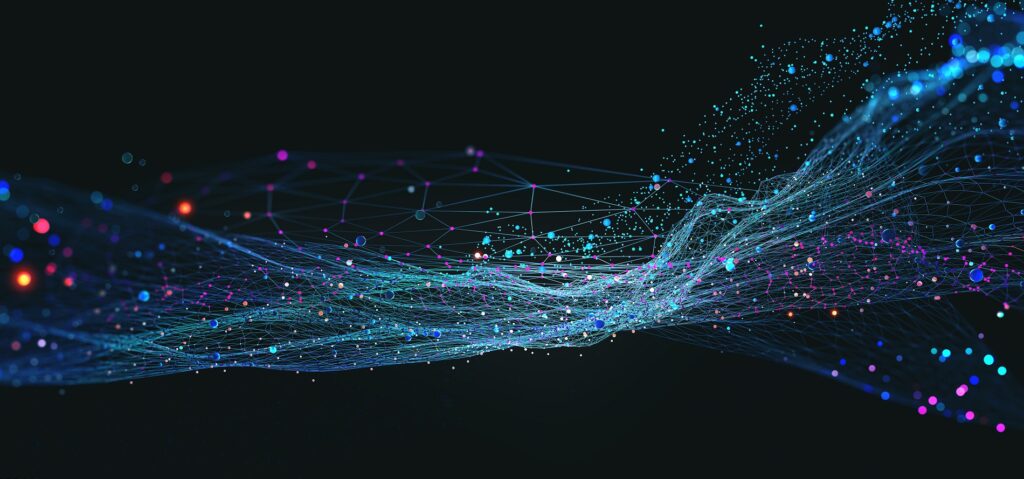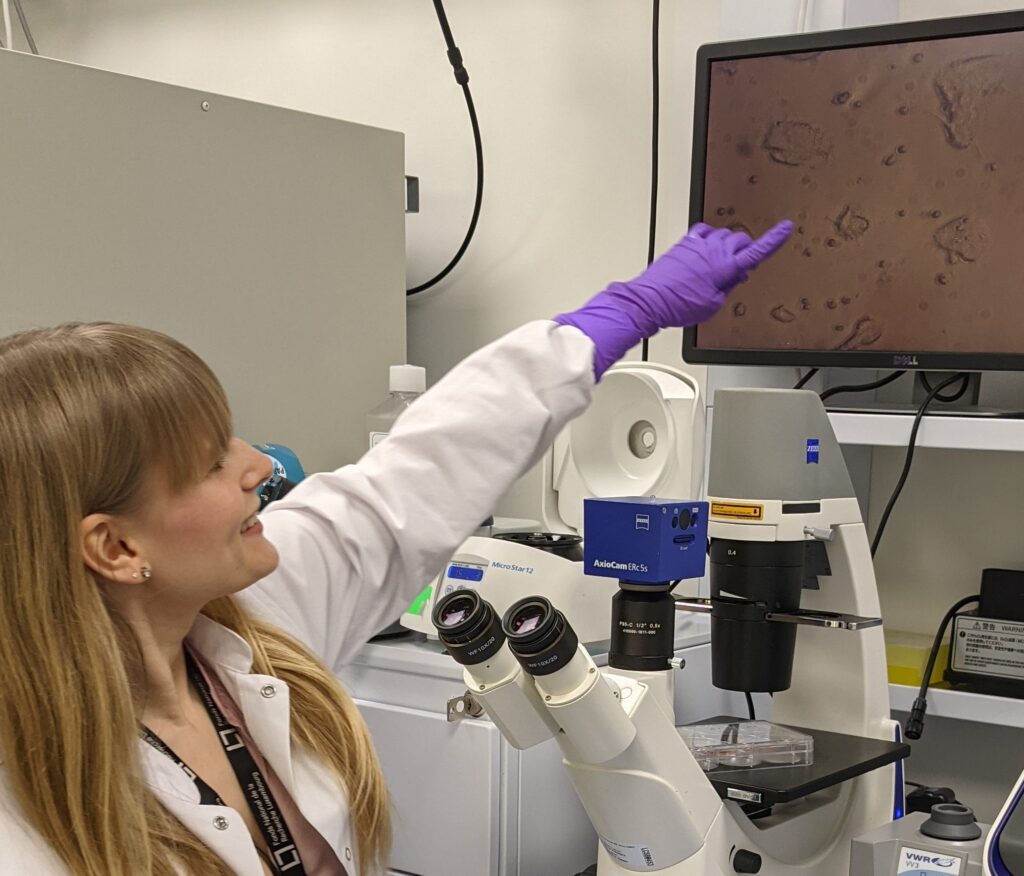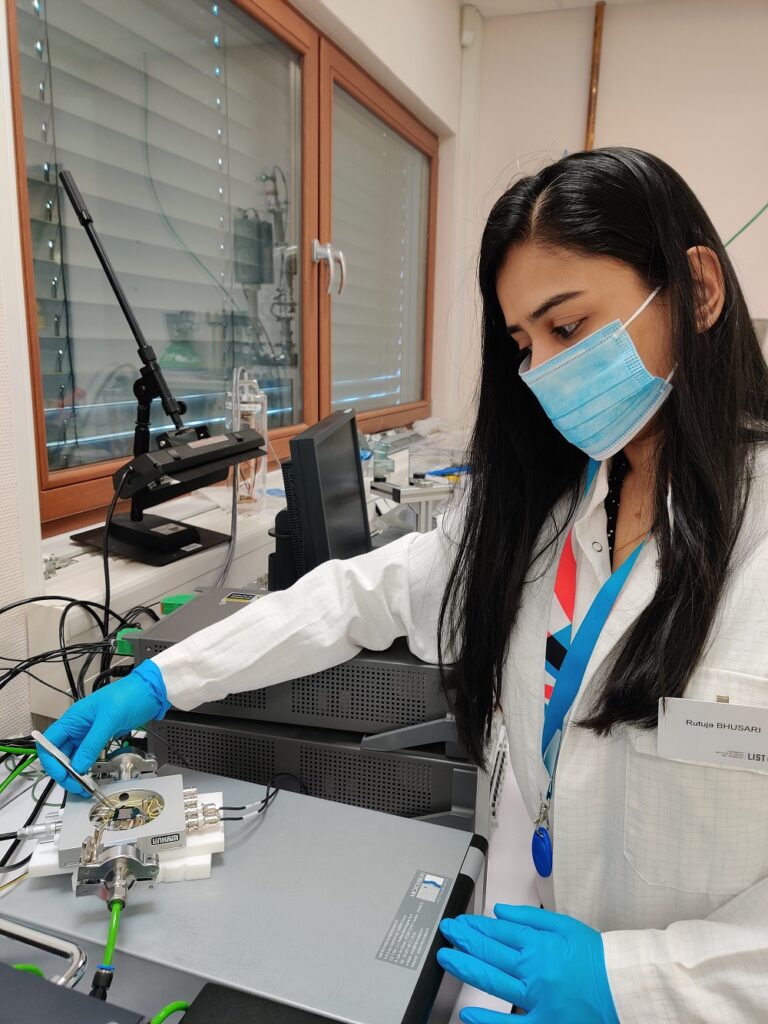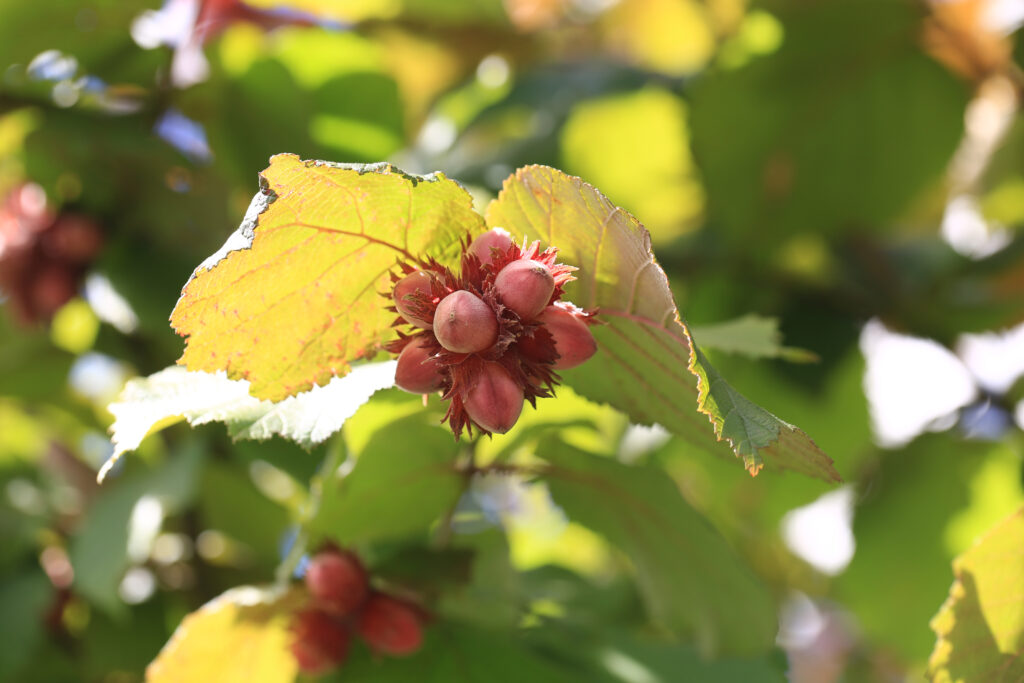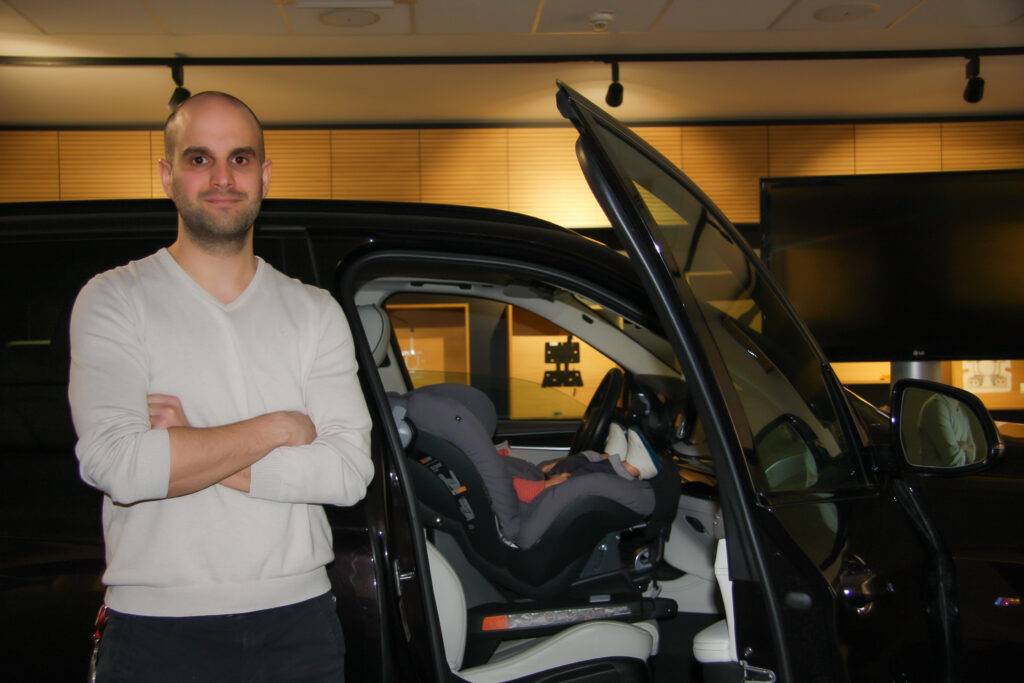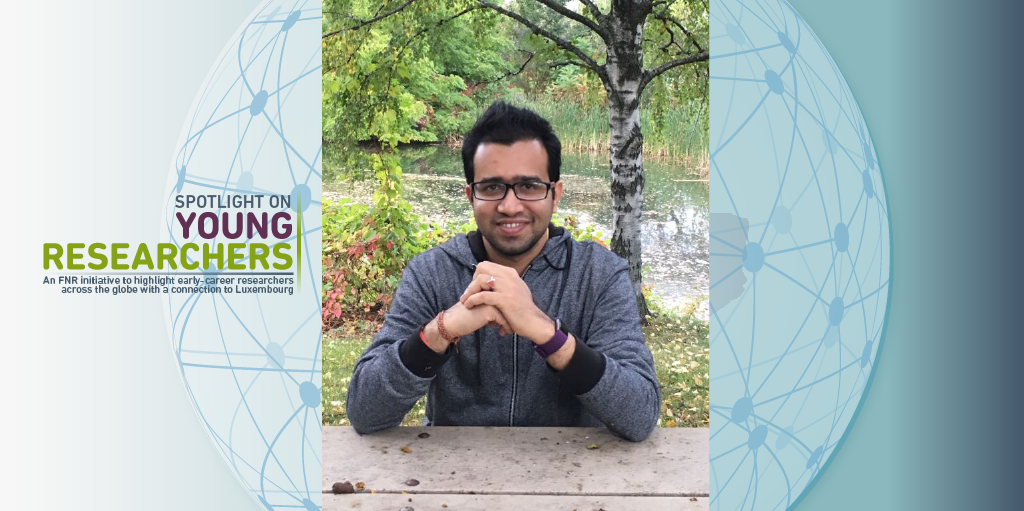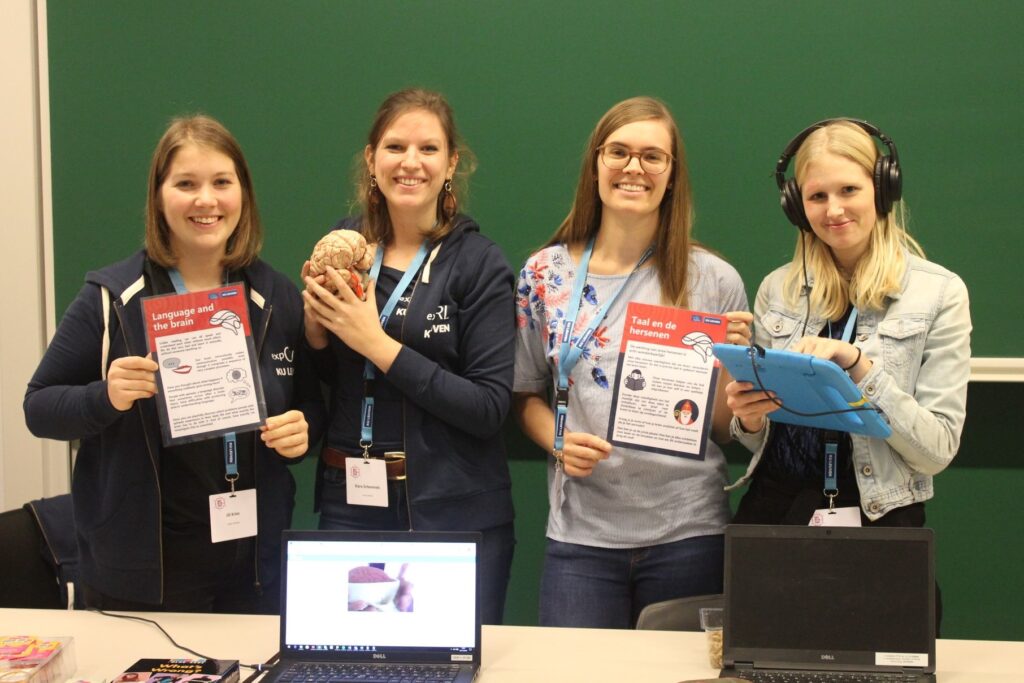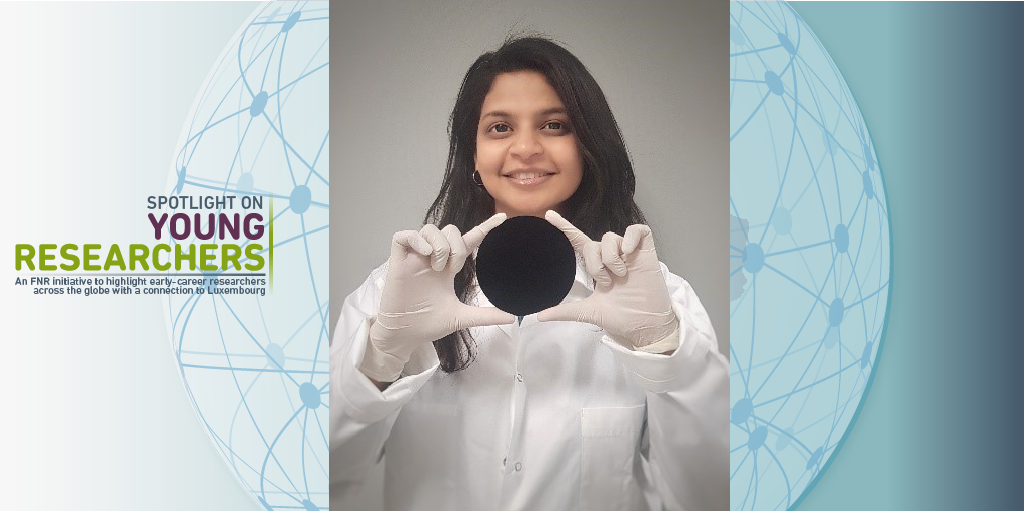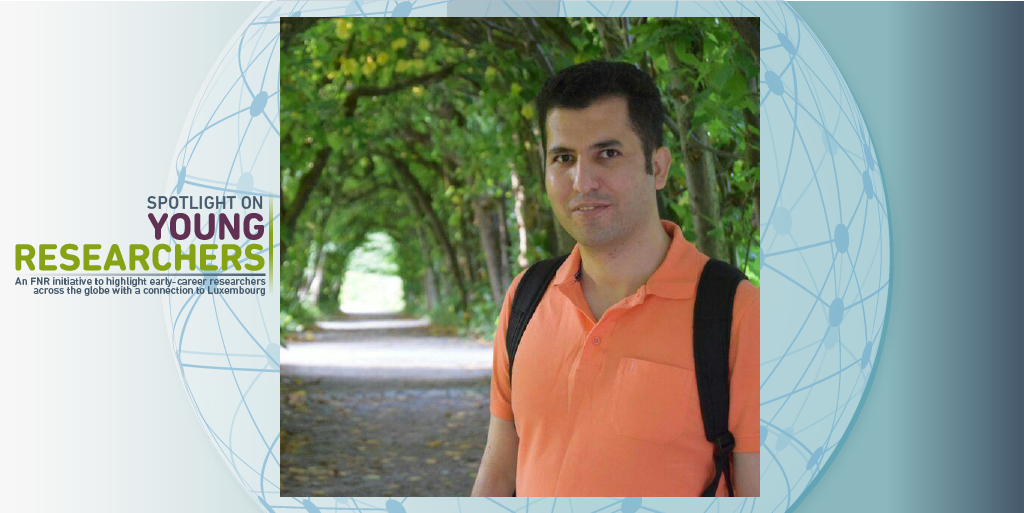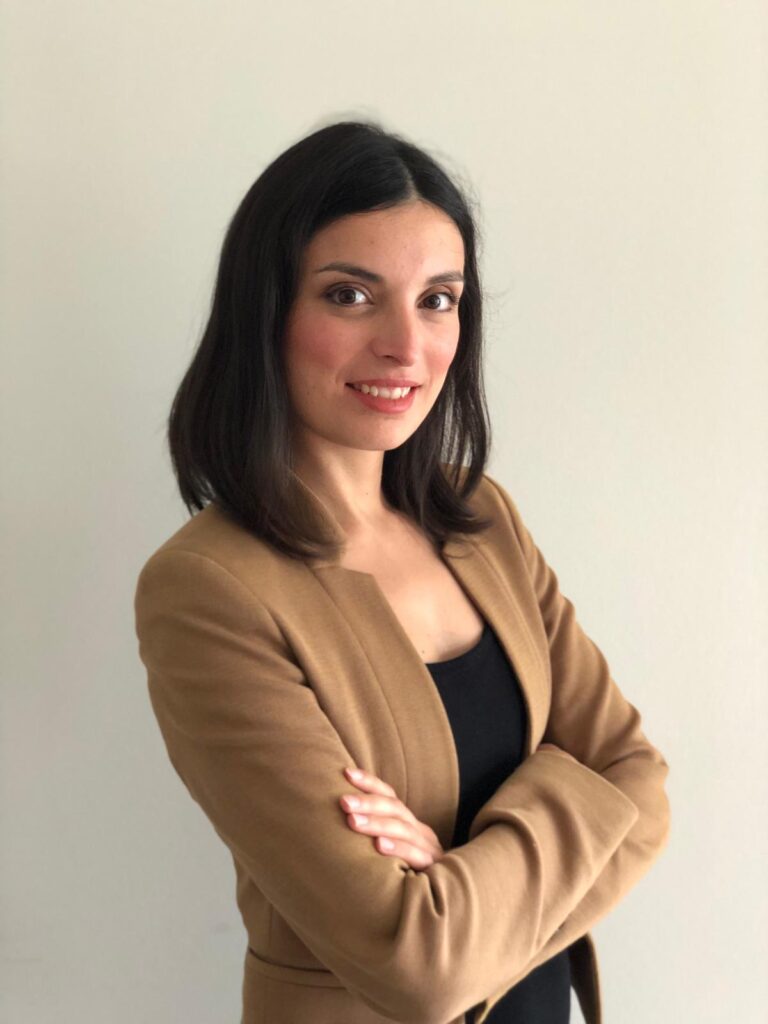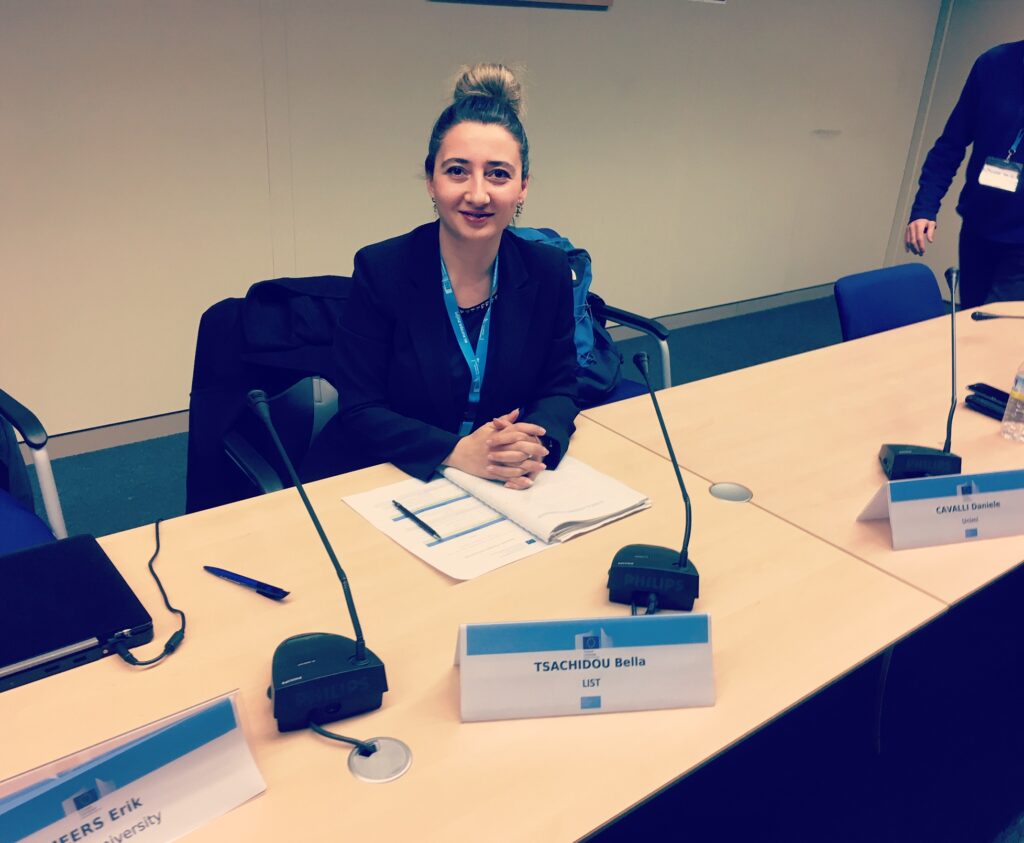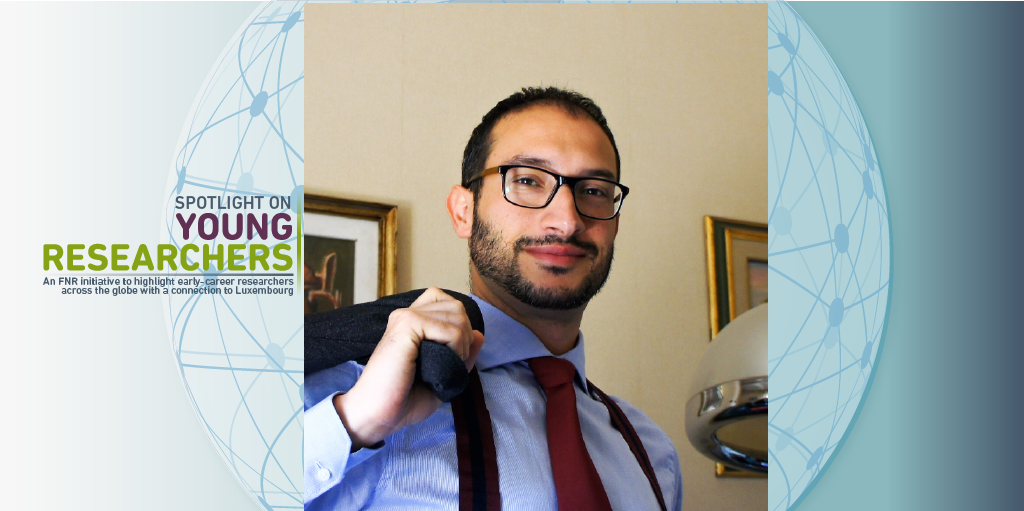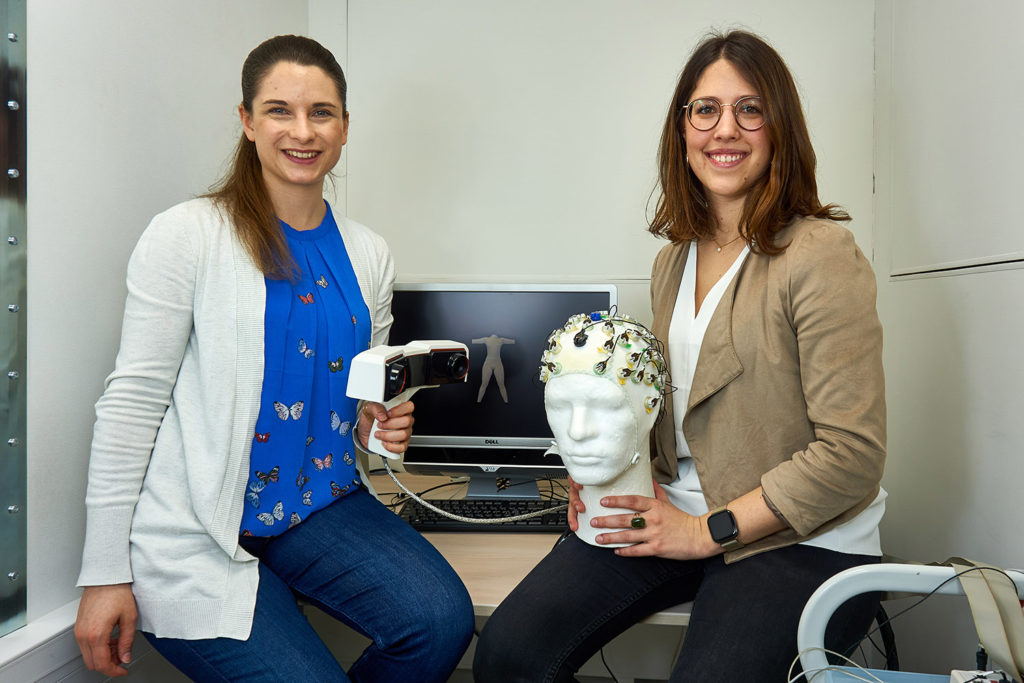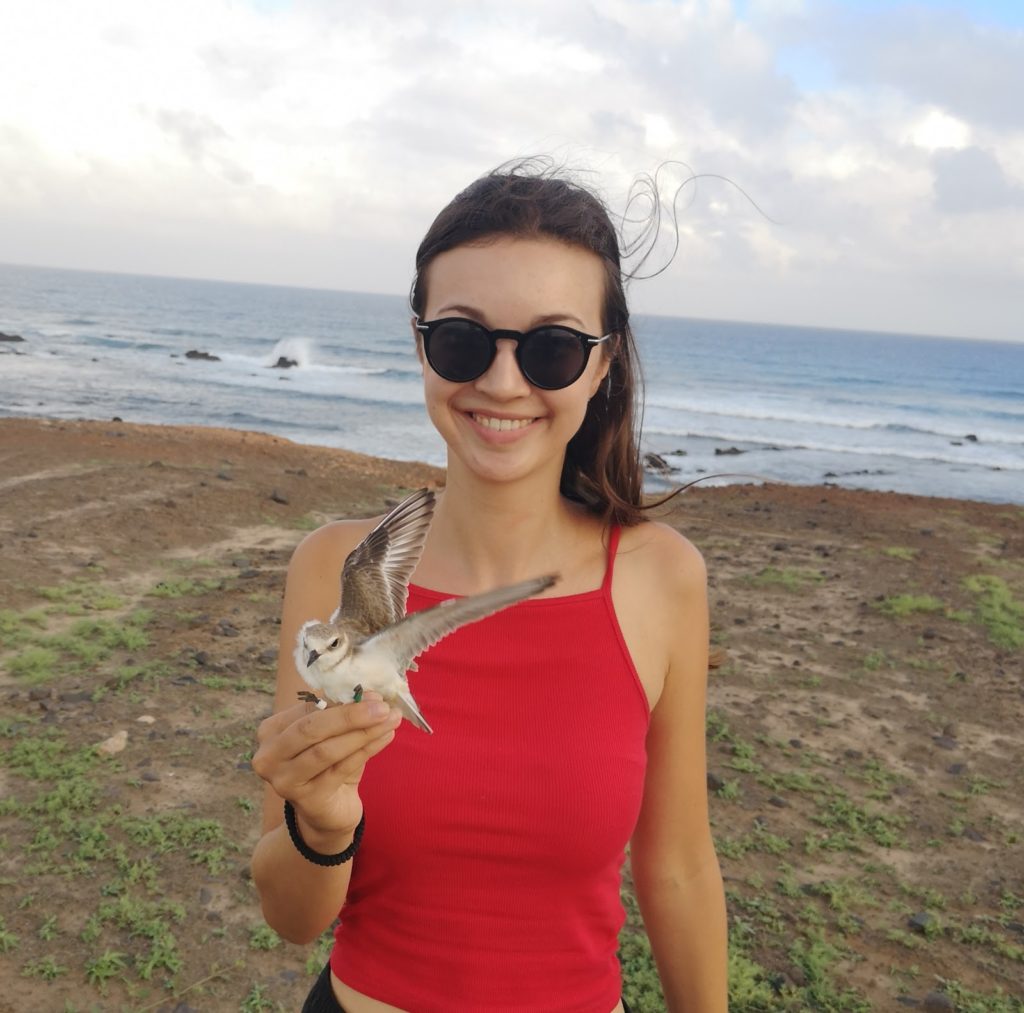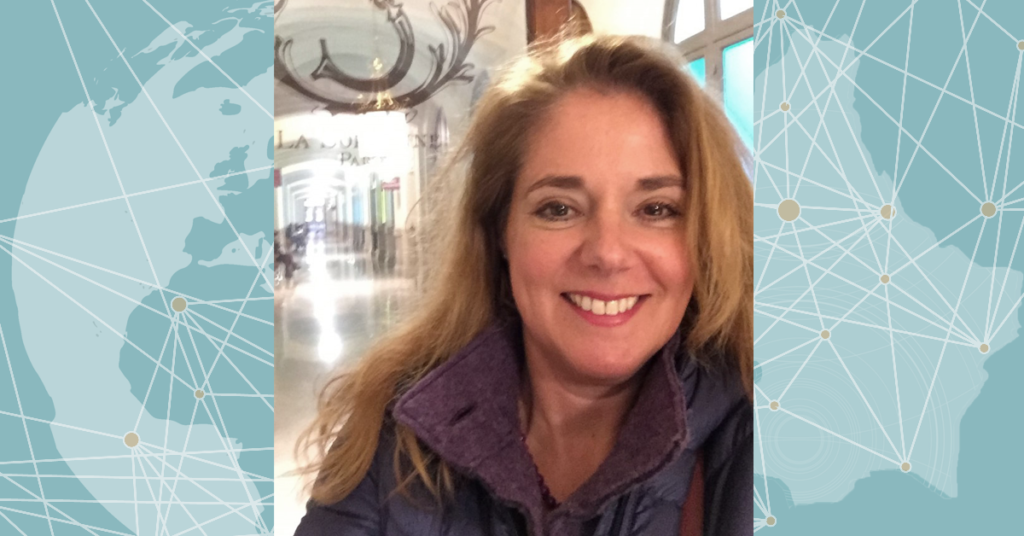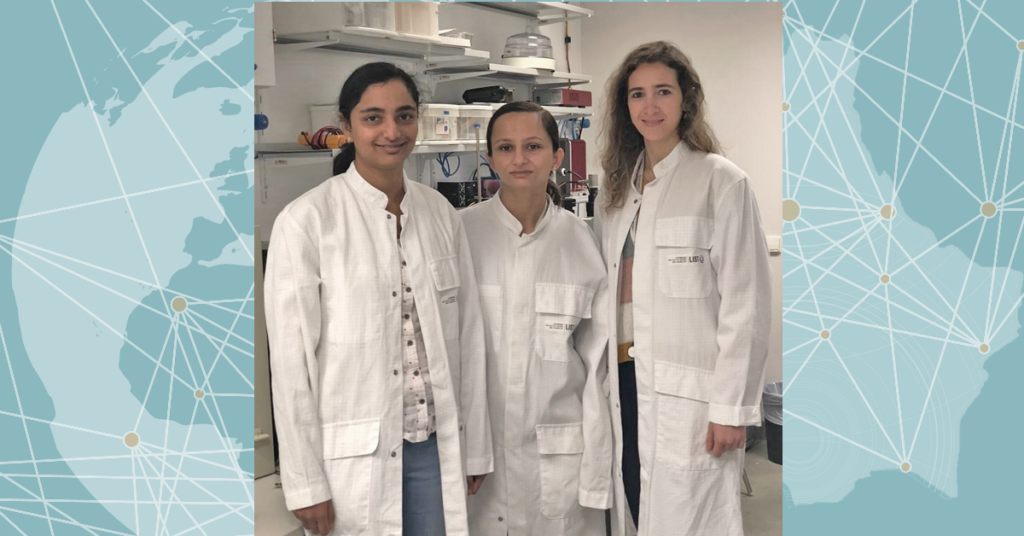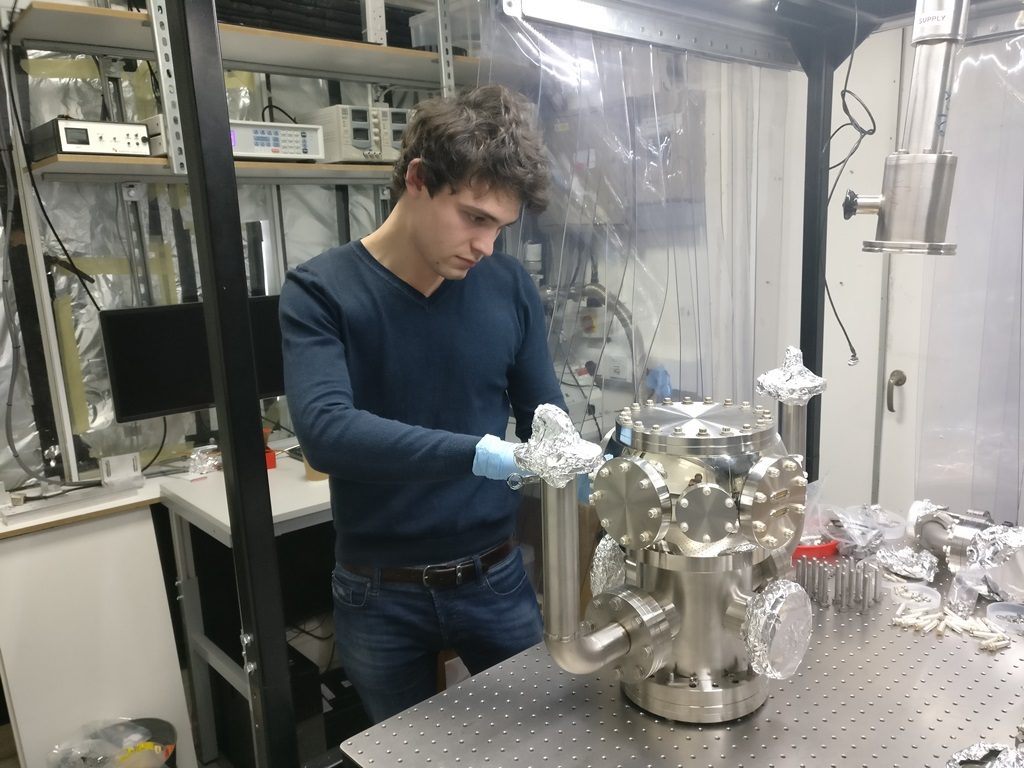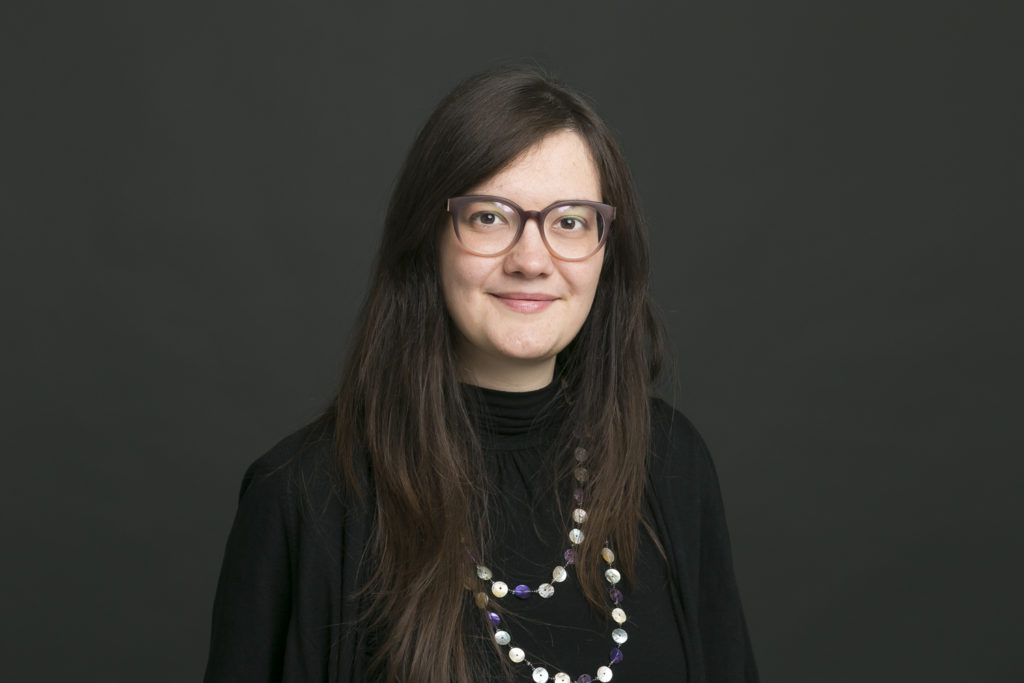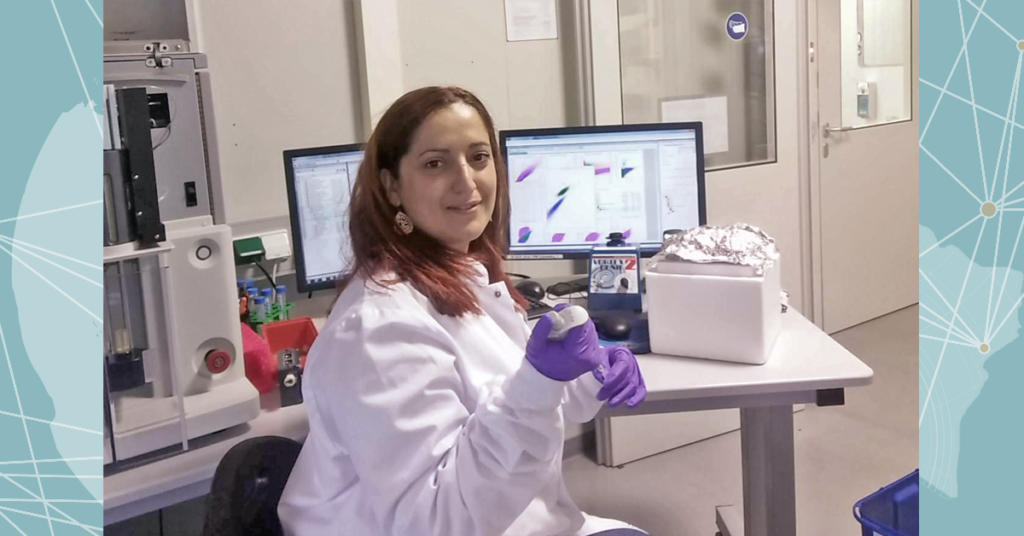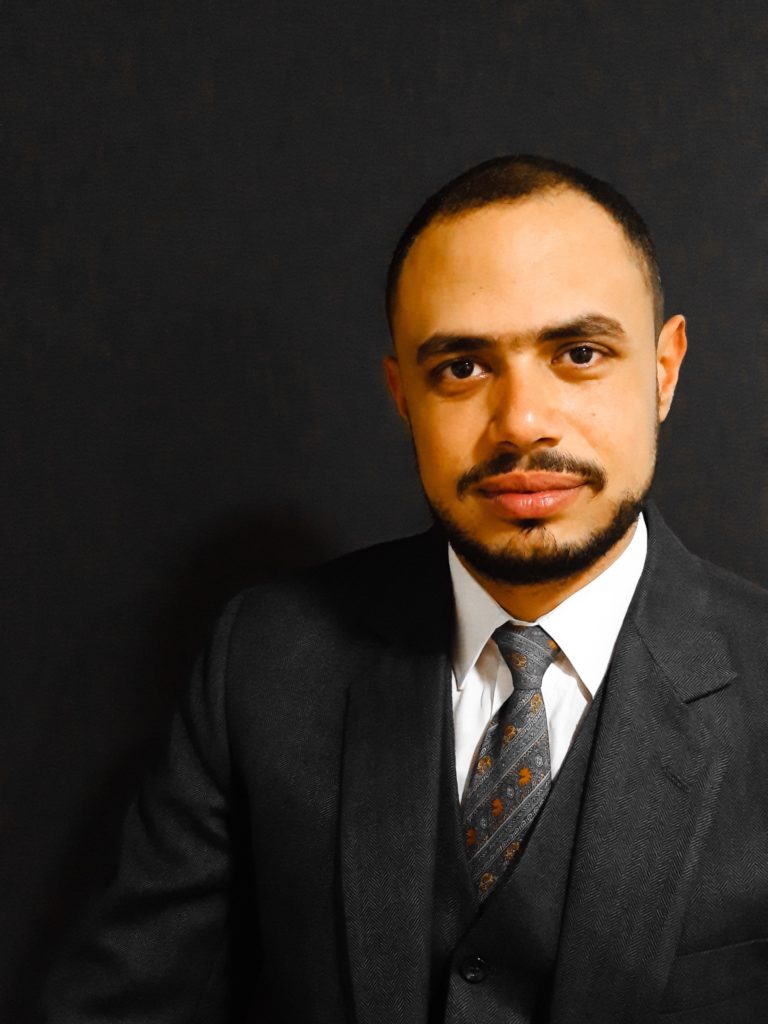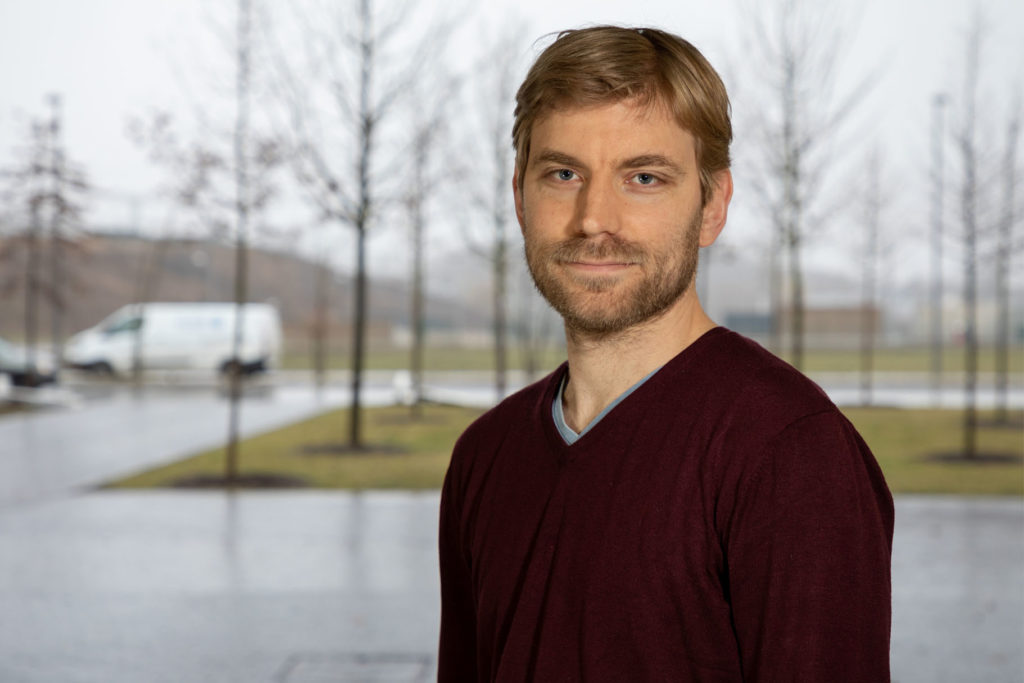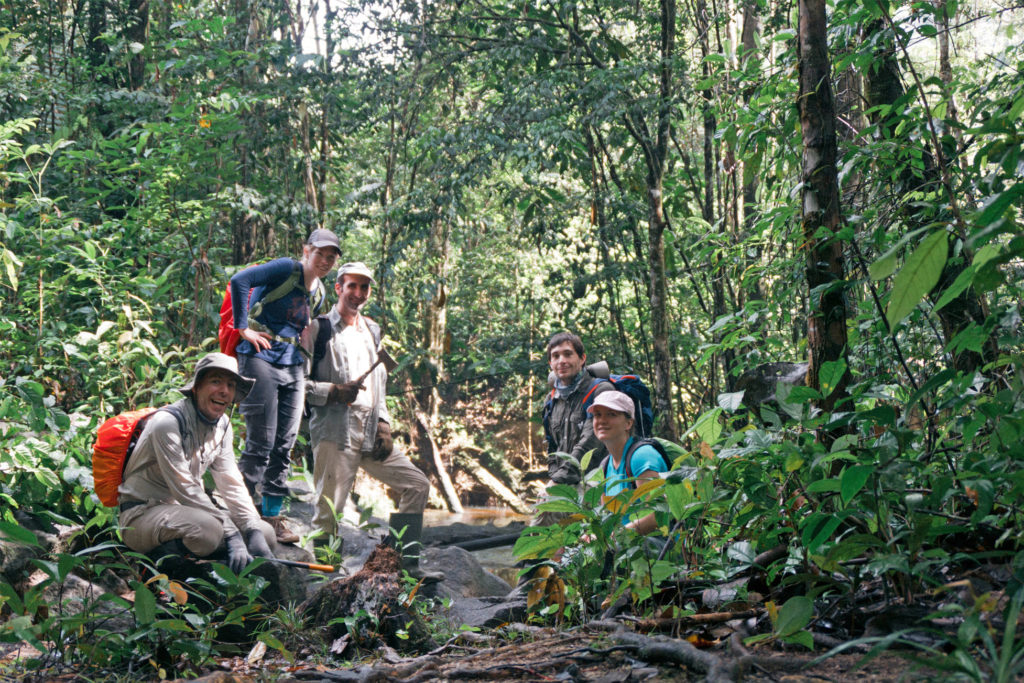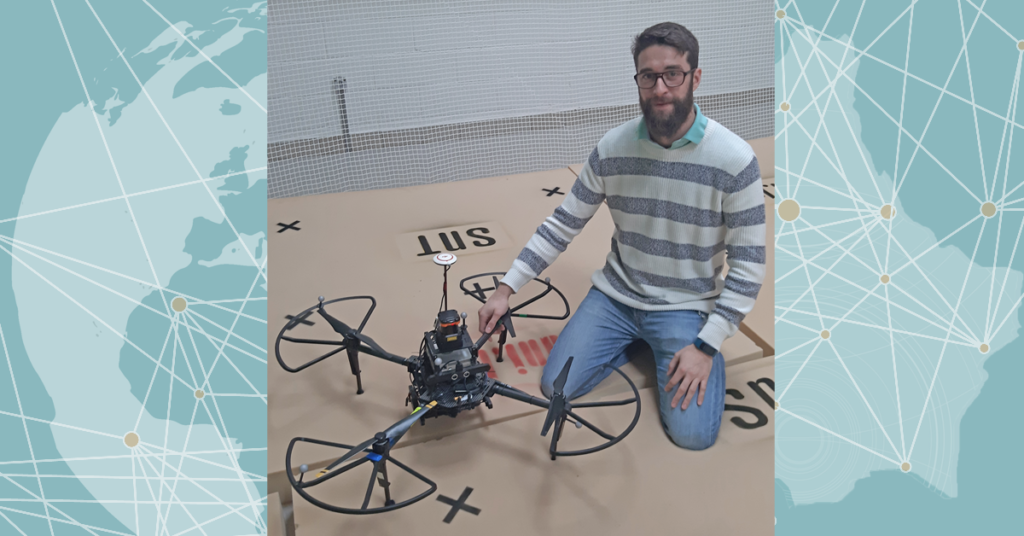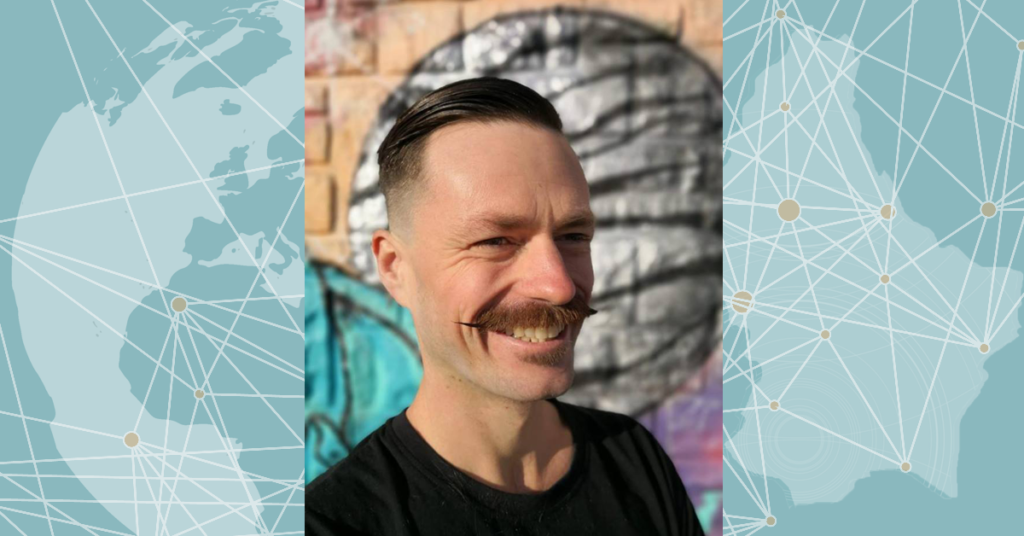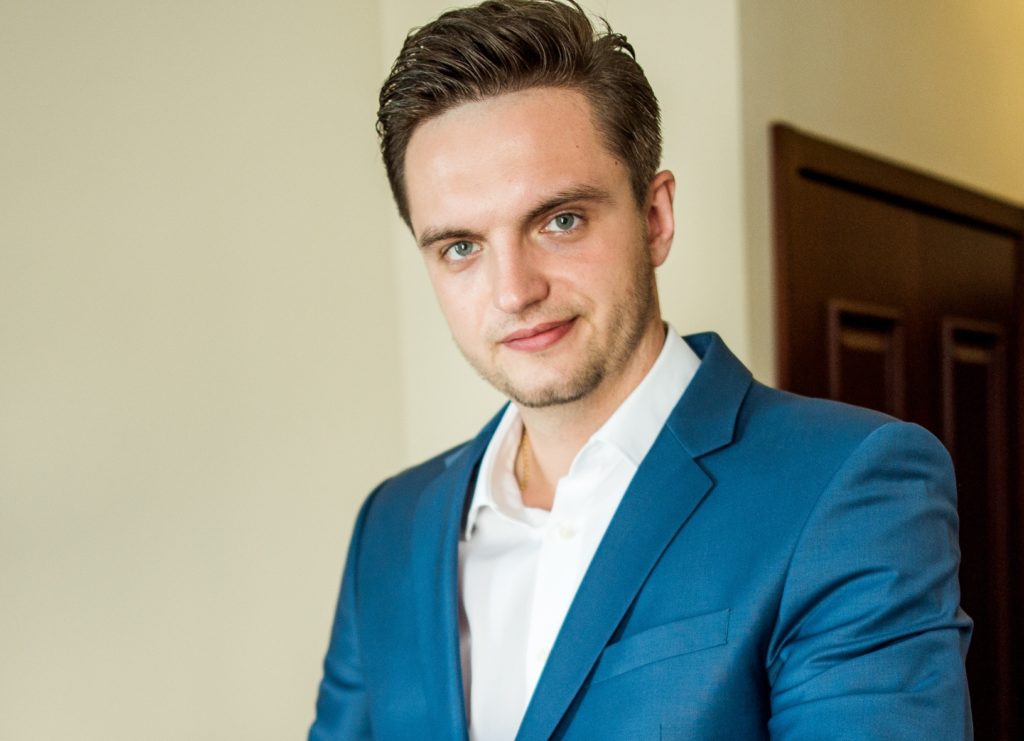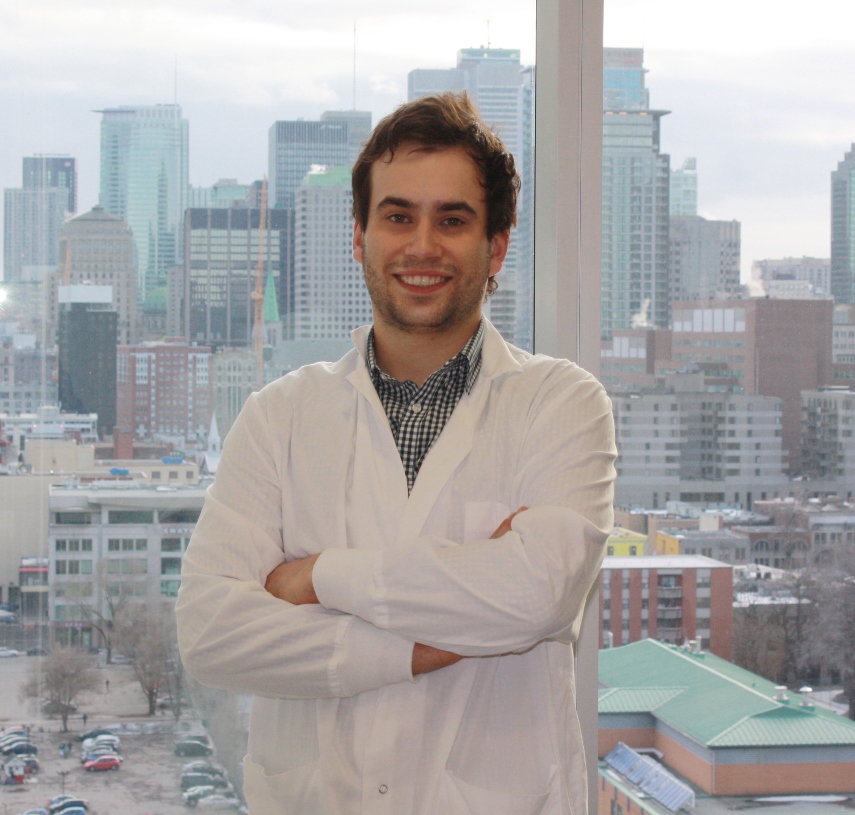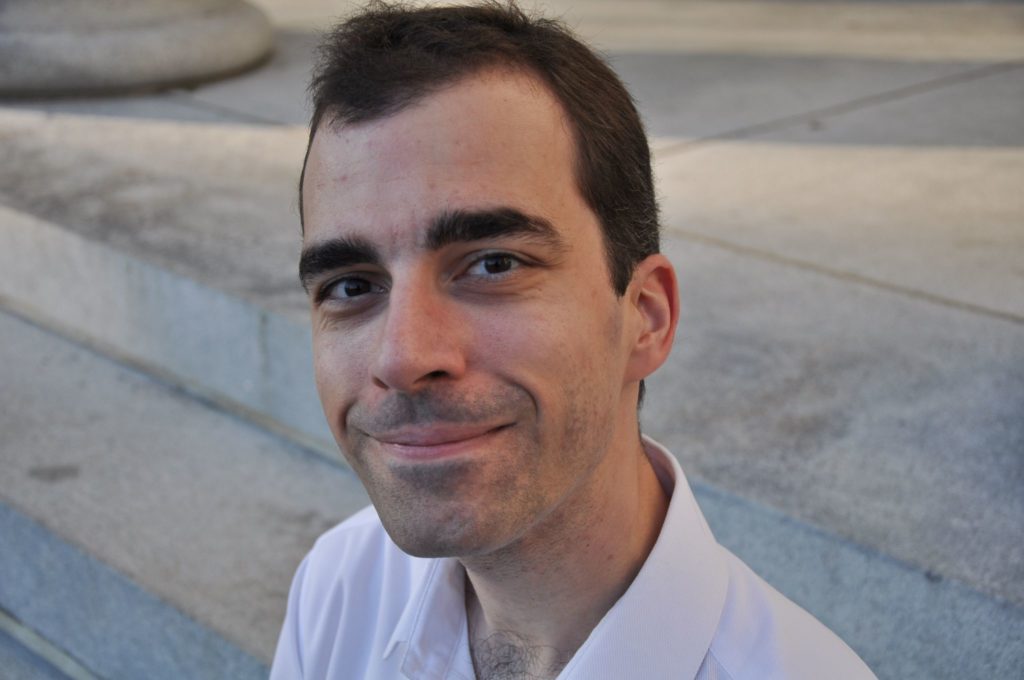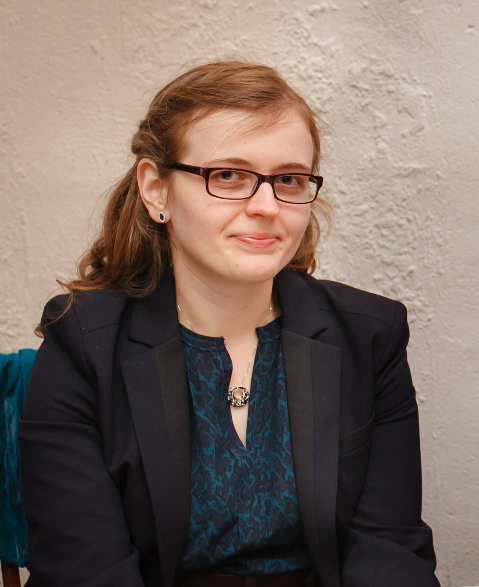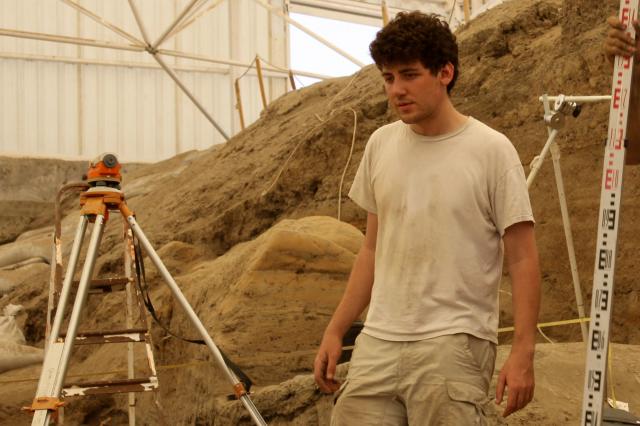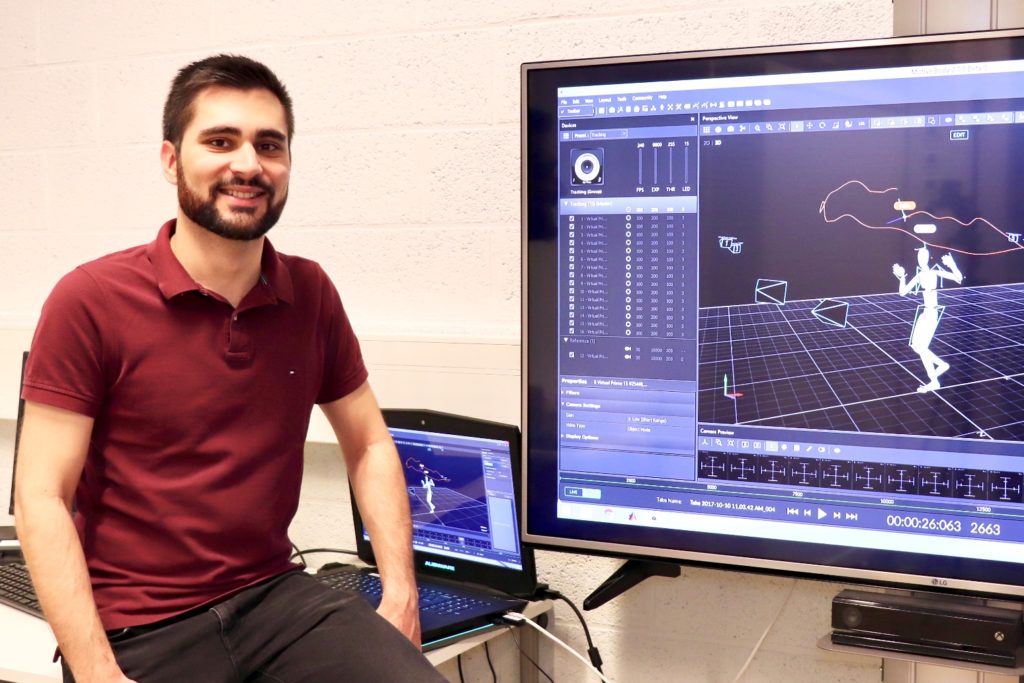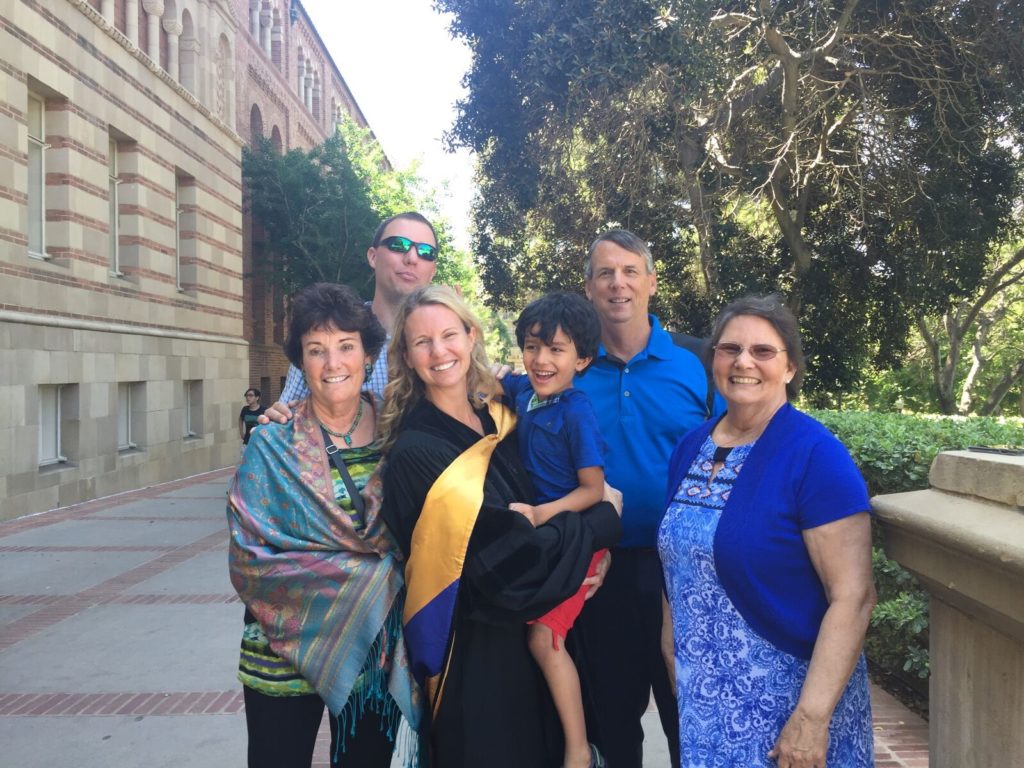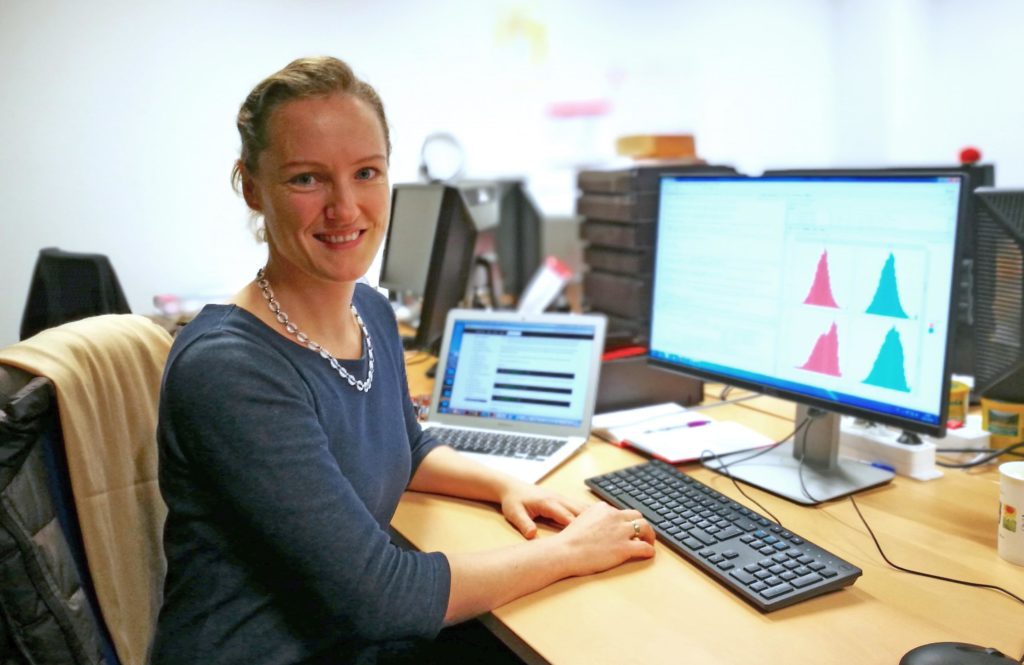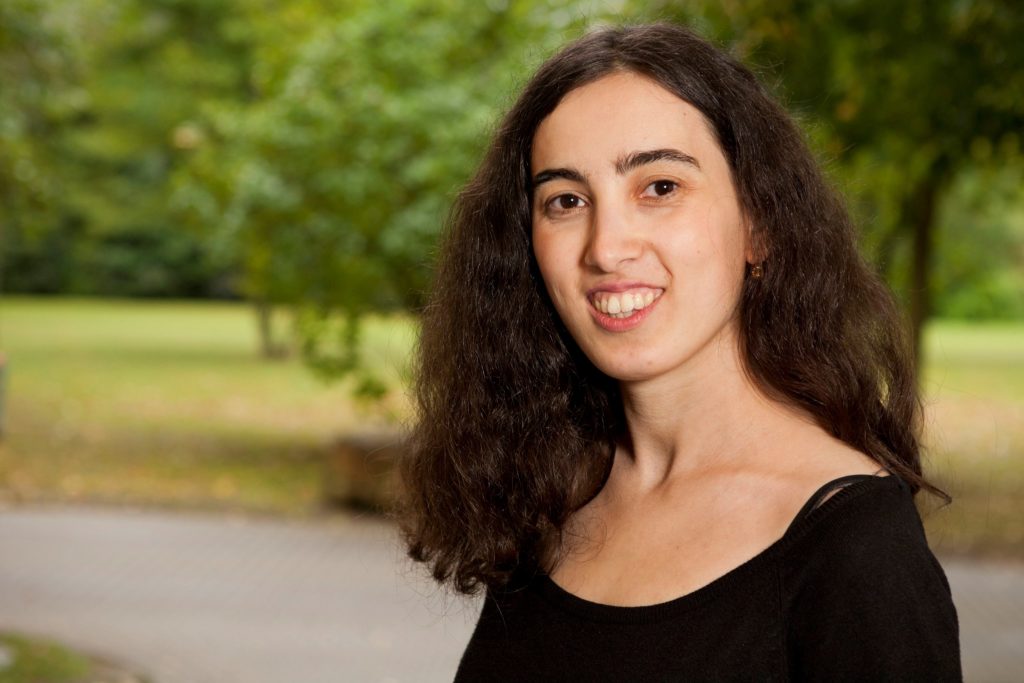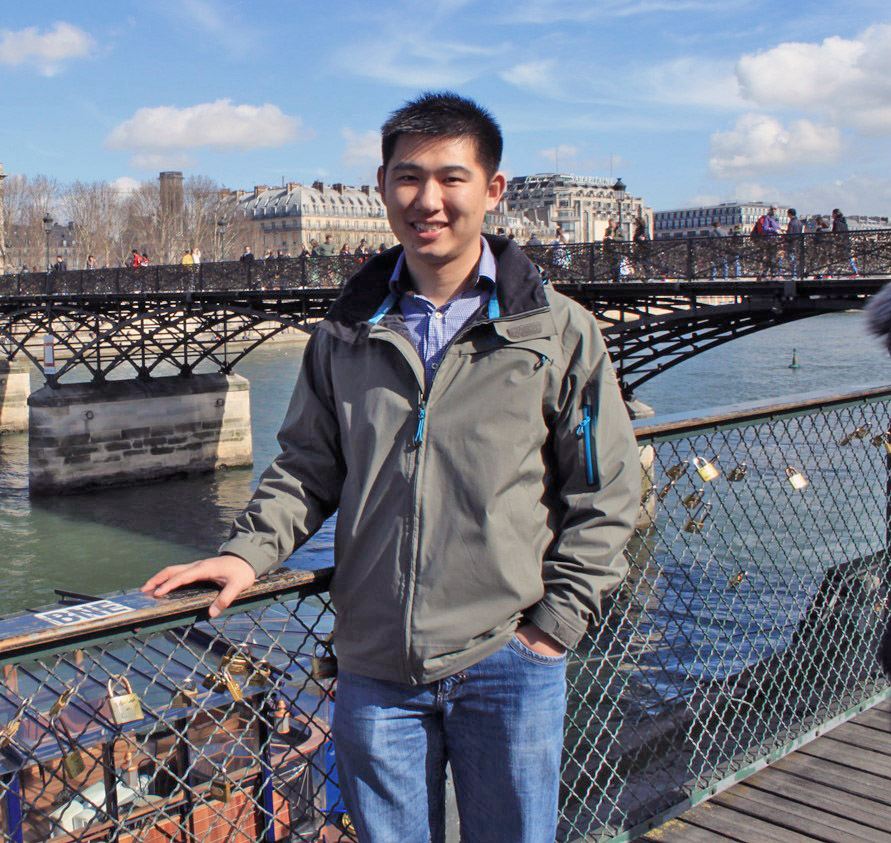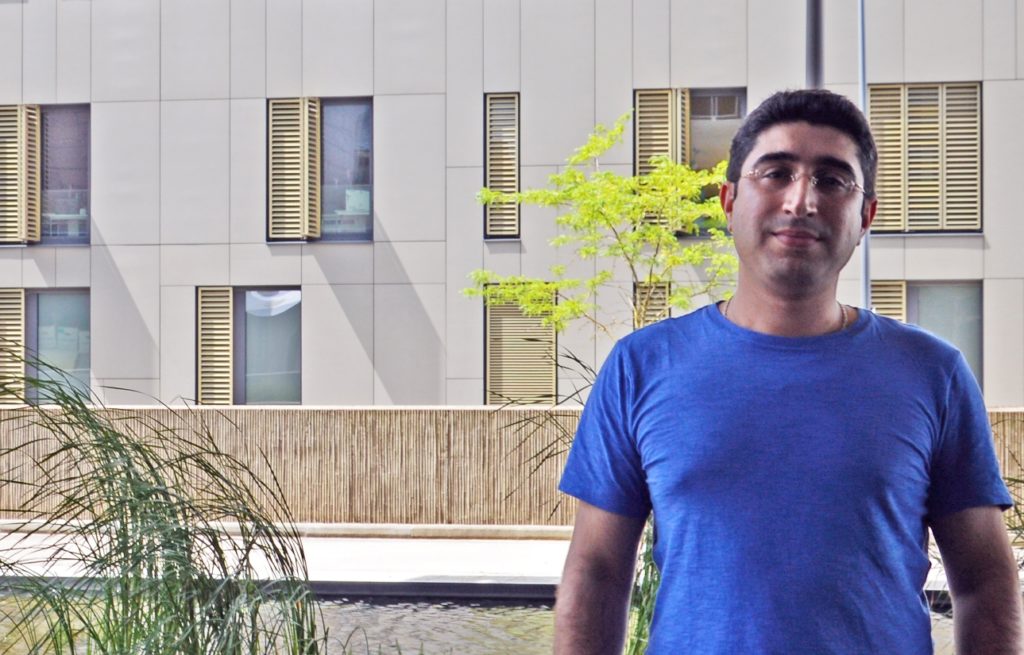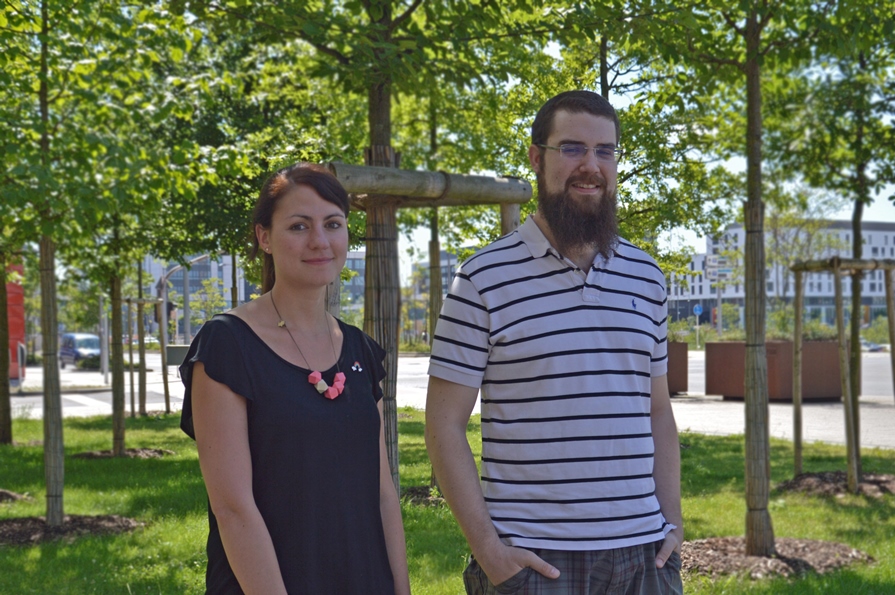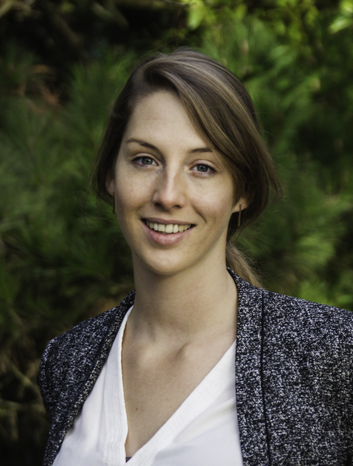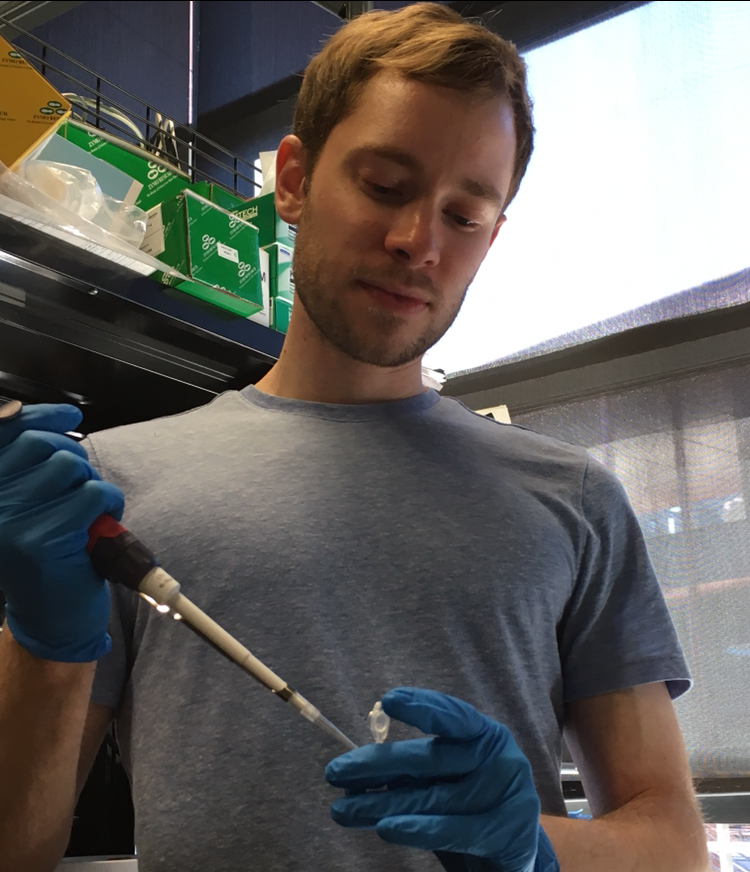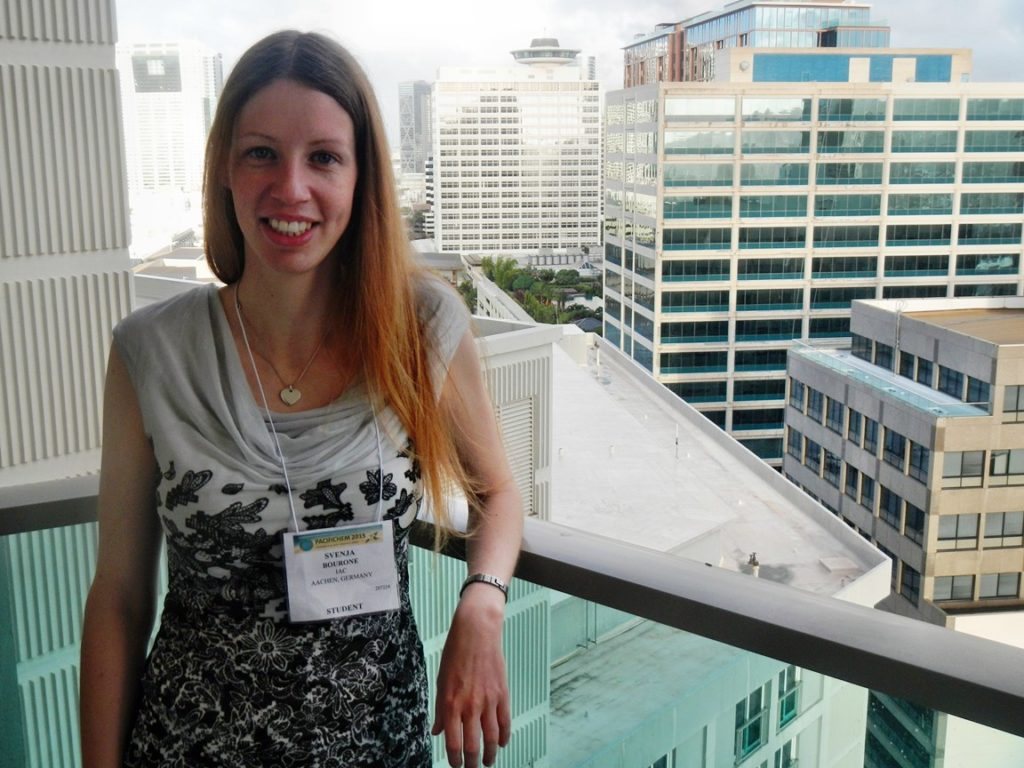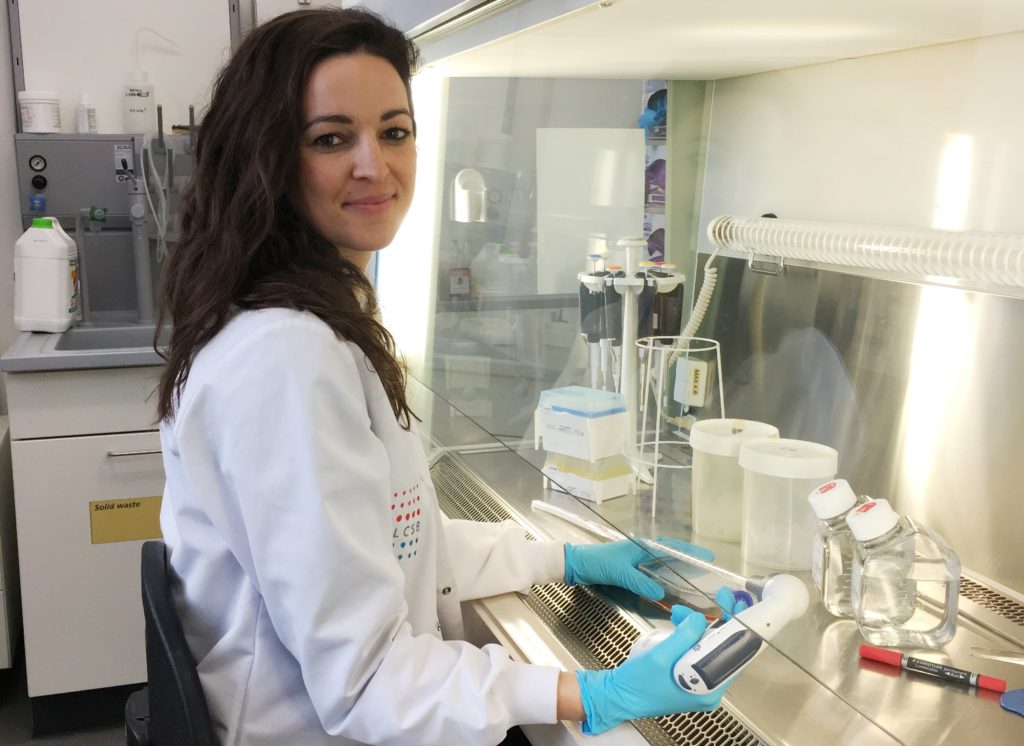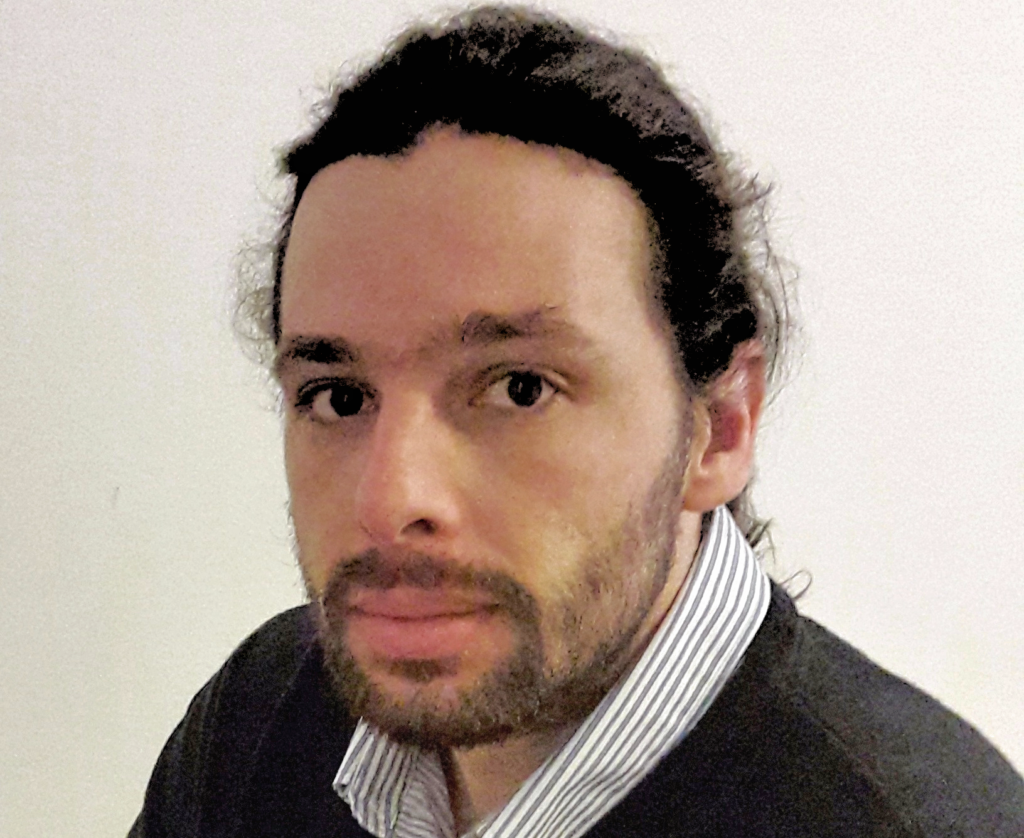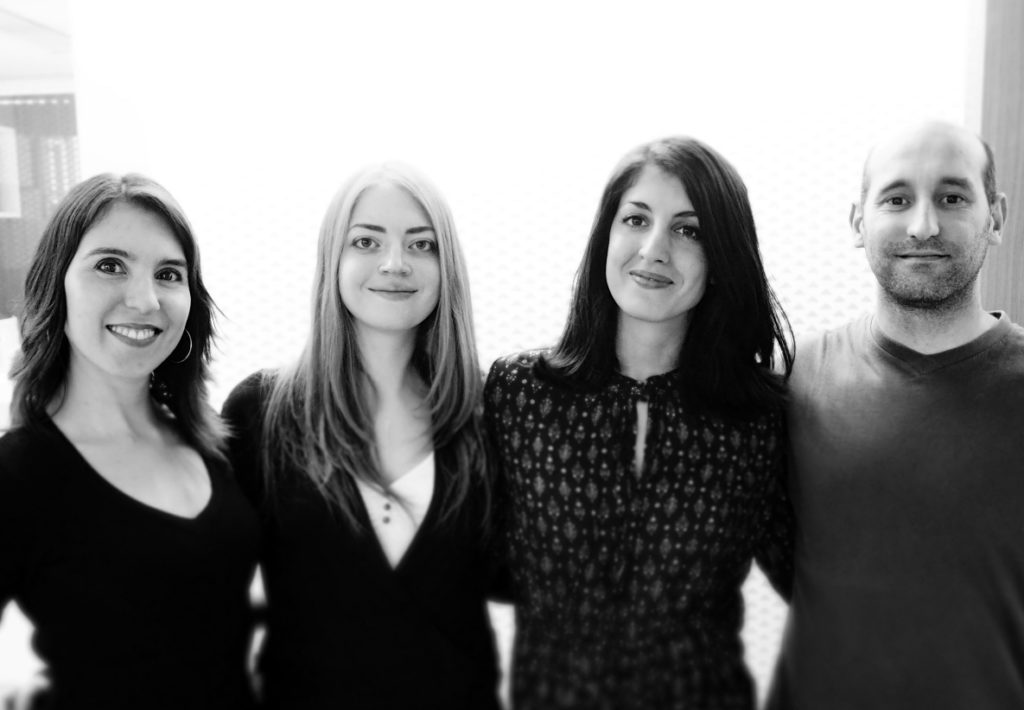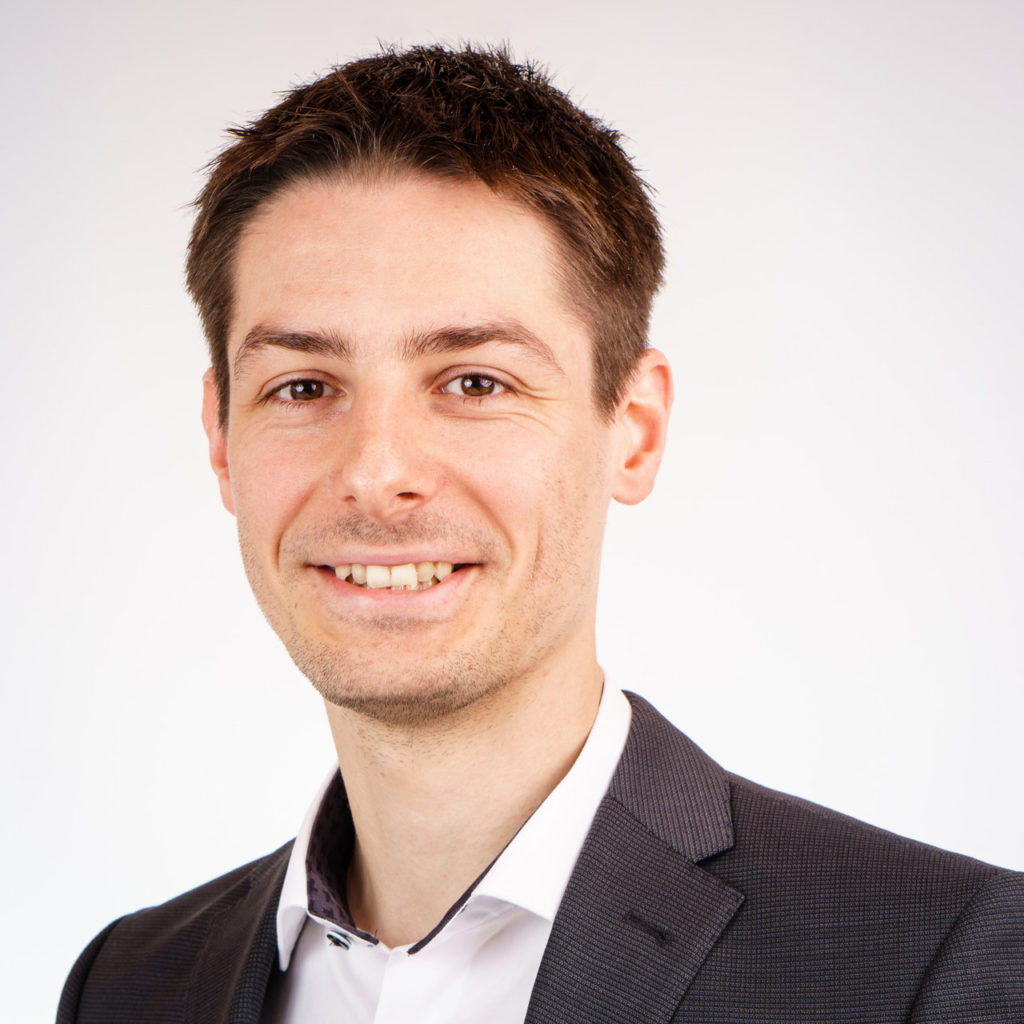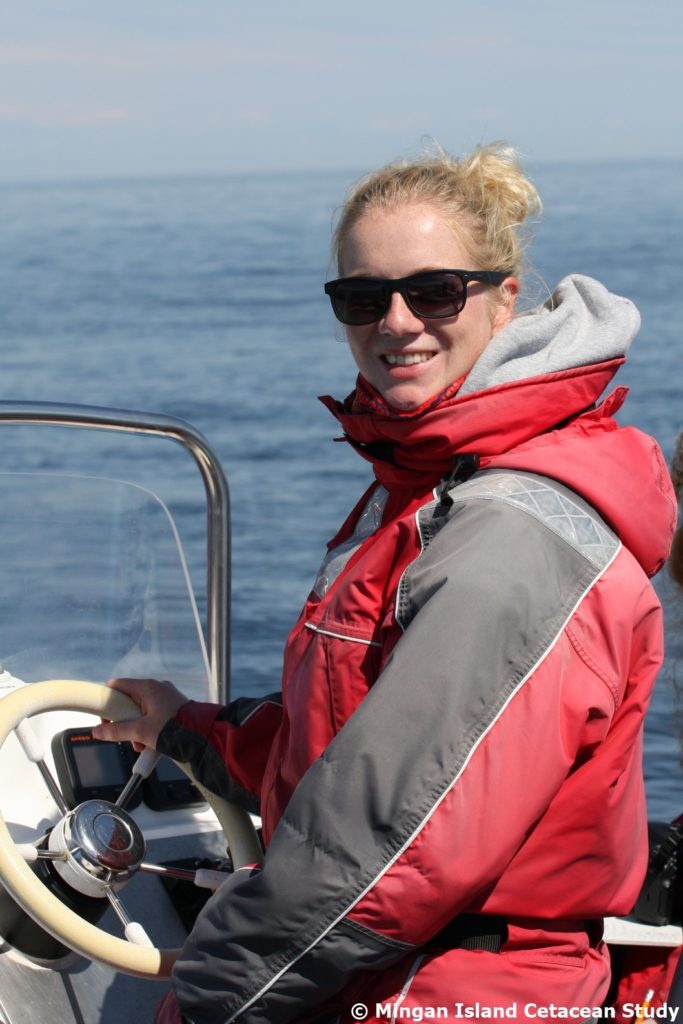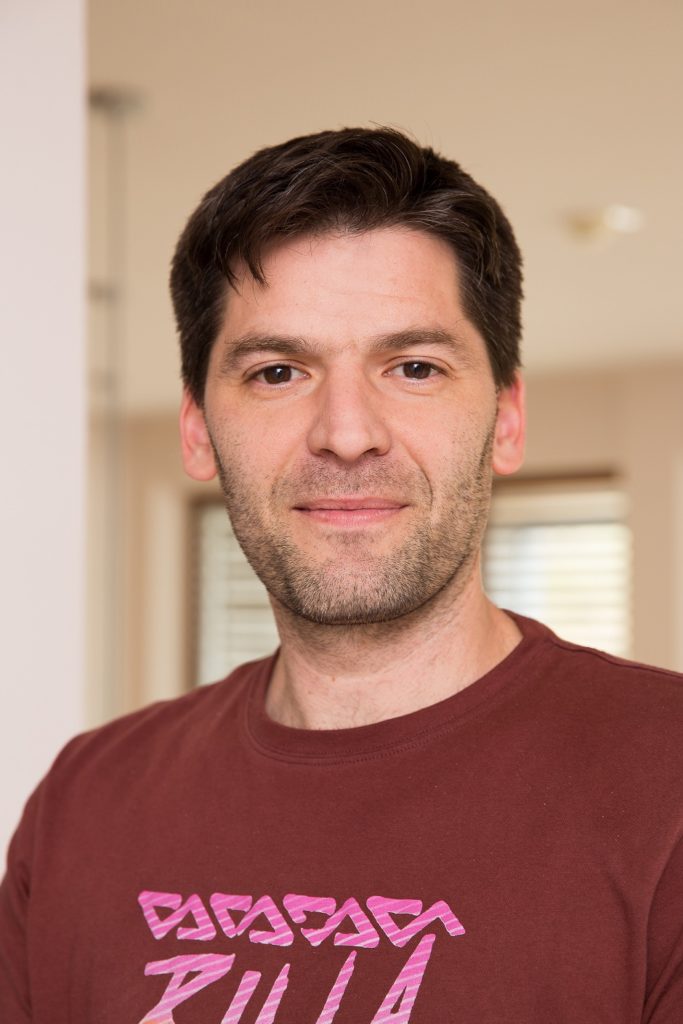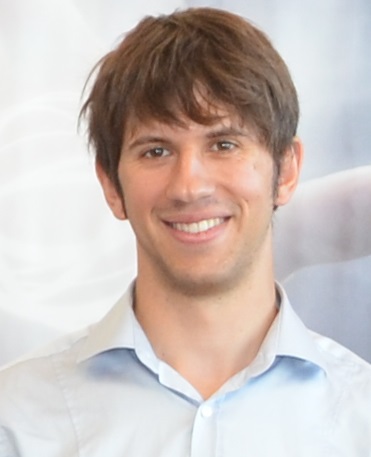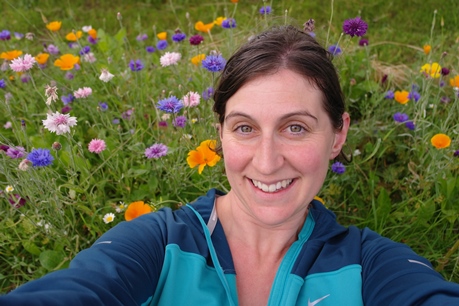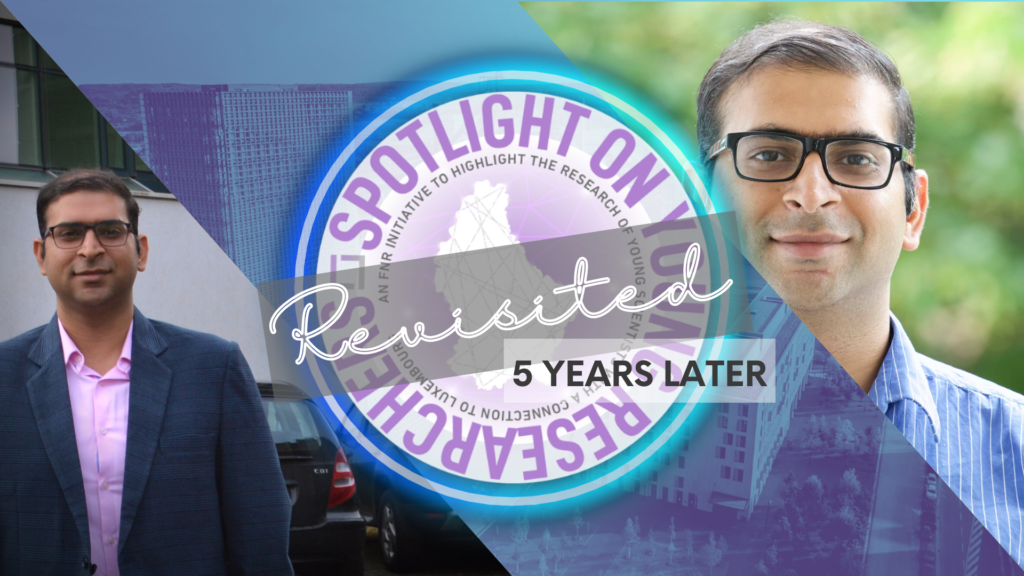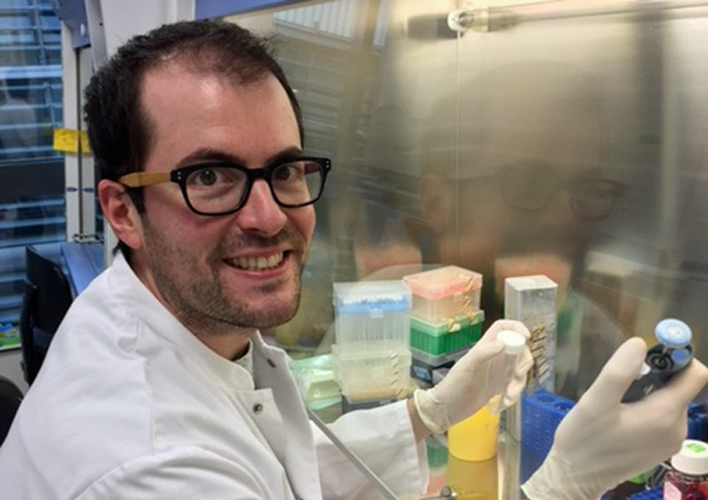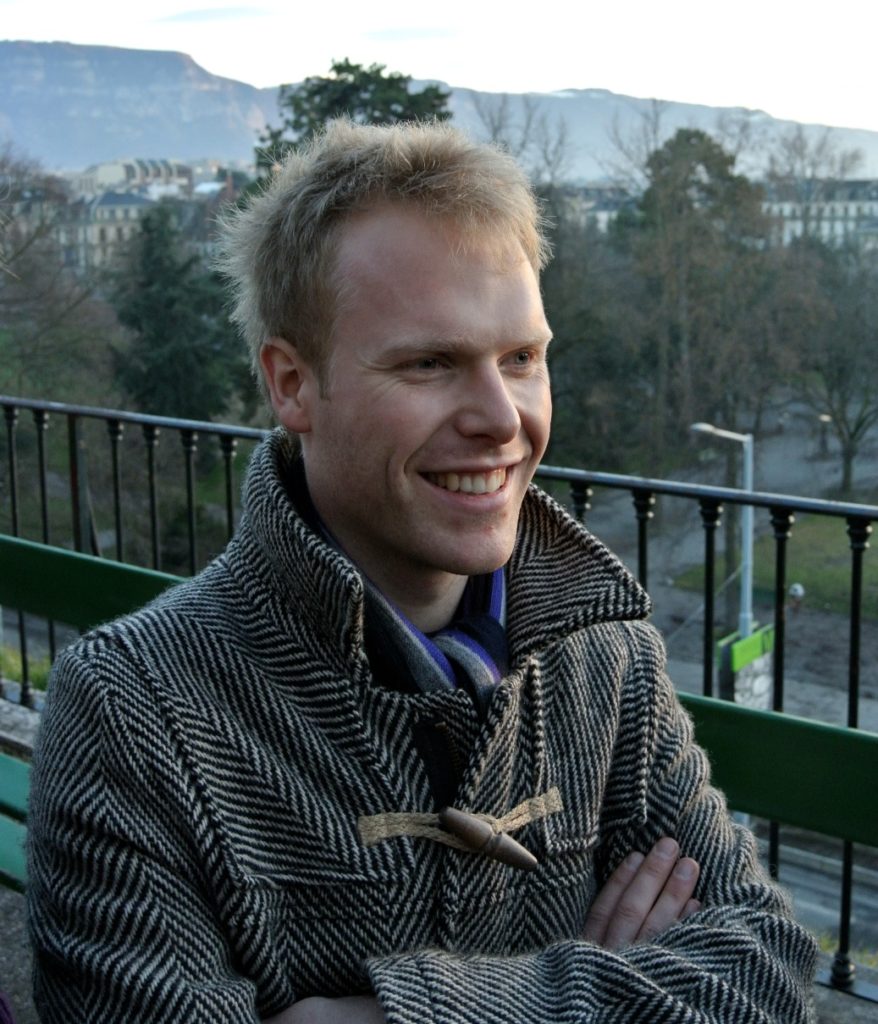Carbs are all around us: a major constituent in food, they also play a role in many biological processes such as intercellular communication; they are in demand in the pharmaceutical industry, where they are currently used as anticoagulants and in skincare. With the goal of no longer having to rely solely on nature’s production of carbs, scientists have been working on ways to ramp up production. A case for chemistry!
Carbohydrates are the most abundant class of biomolecules. The production of carbohydrates used to be limited to natural sources, which did not only restrict the production to naturally occurring molecules, but also impeded rapid production in high amounts.
Researchers have been able to get around this issue by using organic synthesis – but: Progress was limited for a long time, due to the sheer complexity of the building blocks that carbohydrates are composed of: This complexity for example becomes apparent when comparing the building blocks to peptides. Three distinct amino acids can form six different tripeptides, while three monosaccharides (hexoses) can form a whopping 720 different trisaccharides.

Organic chemists were able to address this issue by using elaborate protecting group strategies, which allowed them to control the location of the formed glycosidic bond, known as regioselectivity.
“The remaining challenge is control over the stereoselectivity of a glycosidic bond, as it can have two different orientations. The selective formation of 1,2-trans-glycosidic linkages is straightforward by implementation of acyl protecting groups at the C2 position. The selective formation of 1,2-cis-glycosidic linkages is much more difficult, and to this day no gold-standard method is available,” explains chemist and PhD researcher Kim Greis.
The challenge facing scientists is fully understanding the mechanism of the glycosylation reaction. After many theories, it has only very recently been possible to characterise the reactive intermediate of this reaction, the glycosyl cation, that is believed to dictate the stereochemical outcome.
As part of the research project, the team Kim works in generates glycosyl cations in the gas phase and trap them in an ion trap.
“Subsequently, we can embed the ions in helium nanodroplets and probe their vibrational modes using cryogenic infrared spectroscopy,” Kim explains.
“Thereby, we can generate a diagnostic fingerprint of each analysed species that can be directly connected to a structure with the aid of quantum chemical calculations. Using this methodology, we can determine the structure of glycosyl cations and thereby rationalize the experimentally observed stereoselectivity.”
“We were able to show that a remote acyl group located at the C4-position in glycosyl cations formed by galactose precursors interacts with the positively charged anomeric carbon, explaining the observed preference for forming 1,2-cis glycosidic linkages for that building block.”
Kim and fellow researchers want to use the knowledge gained from the experiments to fully understand and rationalise the stereochemical outcome of a glycosylation reaction, as well as determine the influence of further parameters.
“The knowledge will eventually help in designing efficient building blocks that exhibit the desired stereoselectivity without tedious empirical optimizations. Ultimately, the research will lead to a more efficient and environmentally sustainable production of pharmaceuticals and materials,” Kim concludes.
Kim Greis, a Luxembourg national, is a PhD candidate at the Freie Universität Berlin / Fritz-Haber-Institut der Max Planck Gesellschaft, supported by an AFR grant from the FNR.
MORE ABOUT KIM GREIS
On choosing the path of research
“My chemistry teachers in school triggered my excitement to understand the fundamental processes happening around us. For example, reactivity in chemical processes is not fully understood and tremendous knowledge can be gained from mass spectrometry-based techniques. Therefore, I chose the research group of Kevin Pagel, who offered a project in which I can address such questions.”
On the research logistics
“I am mainly working at Freie Universität Berlin and the Fritz Haber Institute. In the former we have the chemical knowledge, while in the second the expertise for instrumentation is extremely high. Furthermore, we are collaborating a lot with the Max Planck Institute of Colloids and Interfaces in Potsdam who have an extremely high expertise in carbohydrate chemistry.”
About Spotlight on Young Researchers
Spotlight on Young Researchers is an FNR initiative to highlight early career researchers across the world who have a connection to Luxembourg, with nearly 100 features published since 2016.
More in the series SPOTLIGHT ON YOUNG RESEARCHERS
- All
- Cancer research
- Environmental & Earth Sciences
- Humanities & Social Sciences
- Information & Communication Technologies
- Law, Economics & Finance
- Life Sciences, Biology & Medicine
- Materials, Physics & Engineering
- Mathematics
- Research meets industry
- Sustainable resource mgmt
- Women in science









